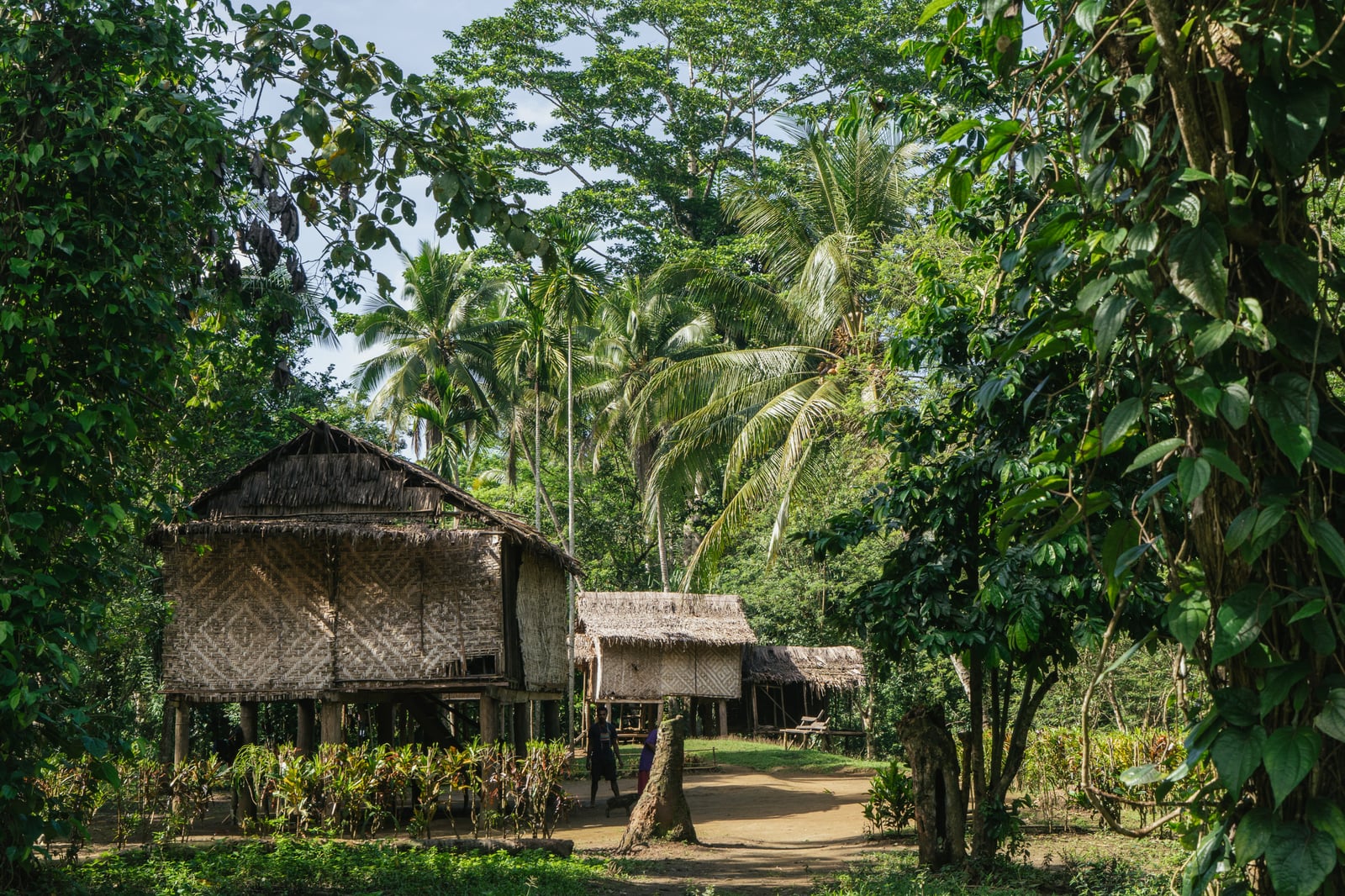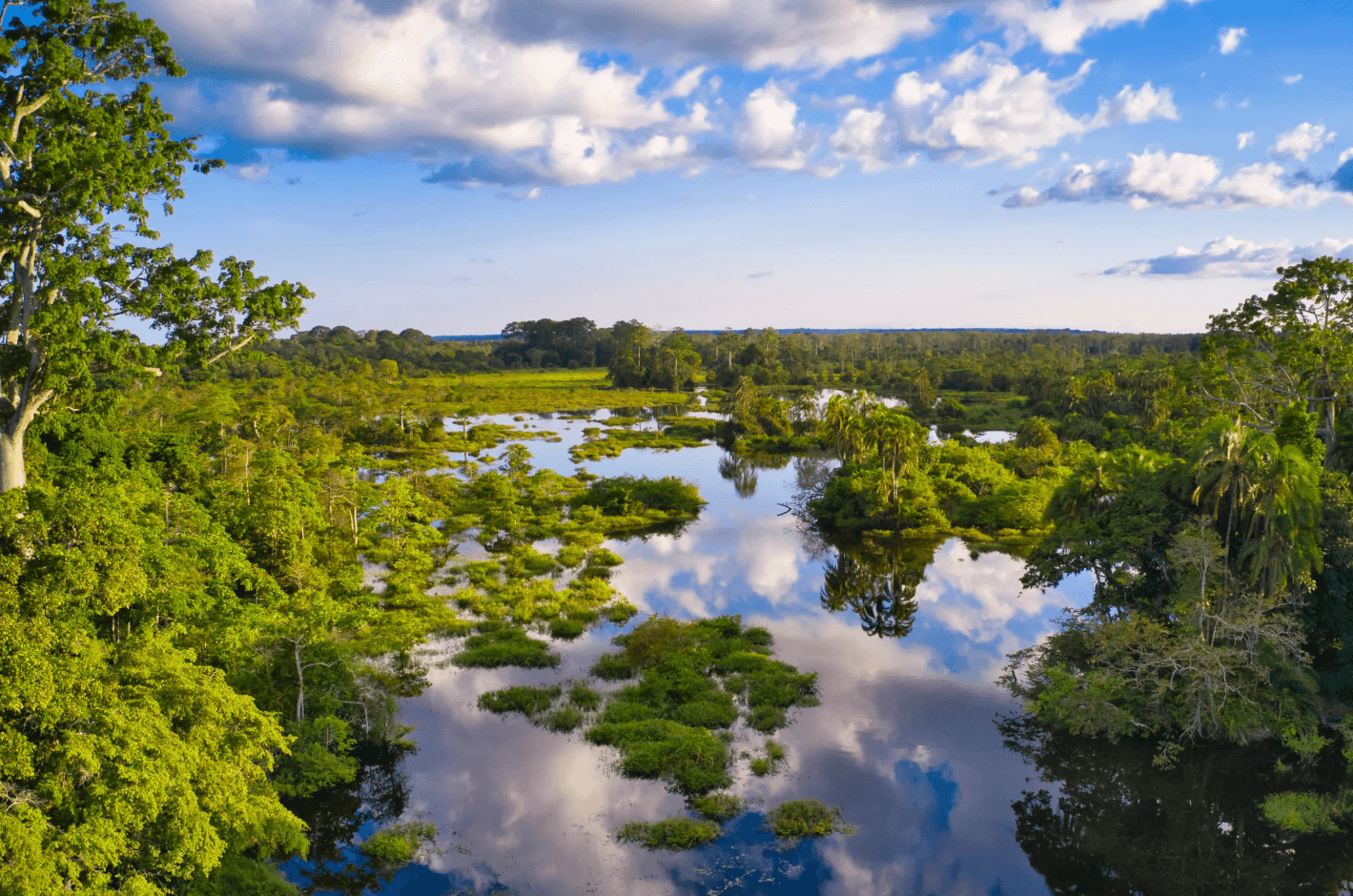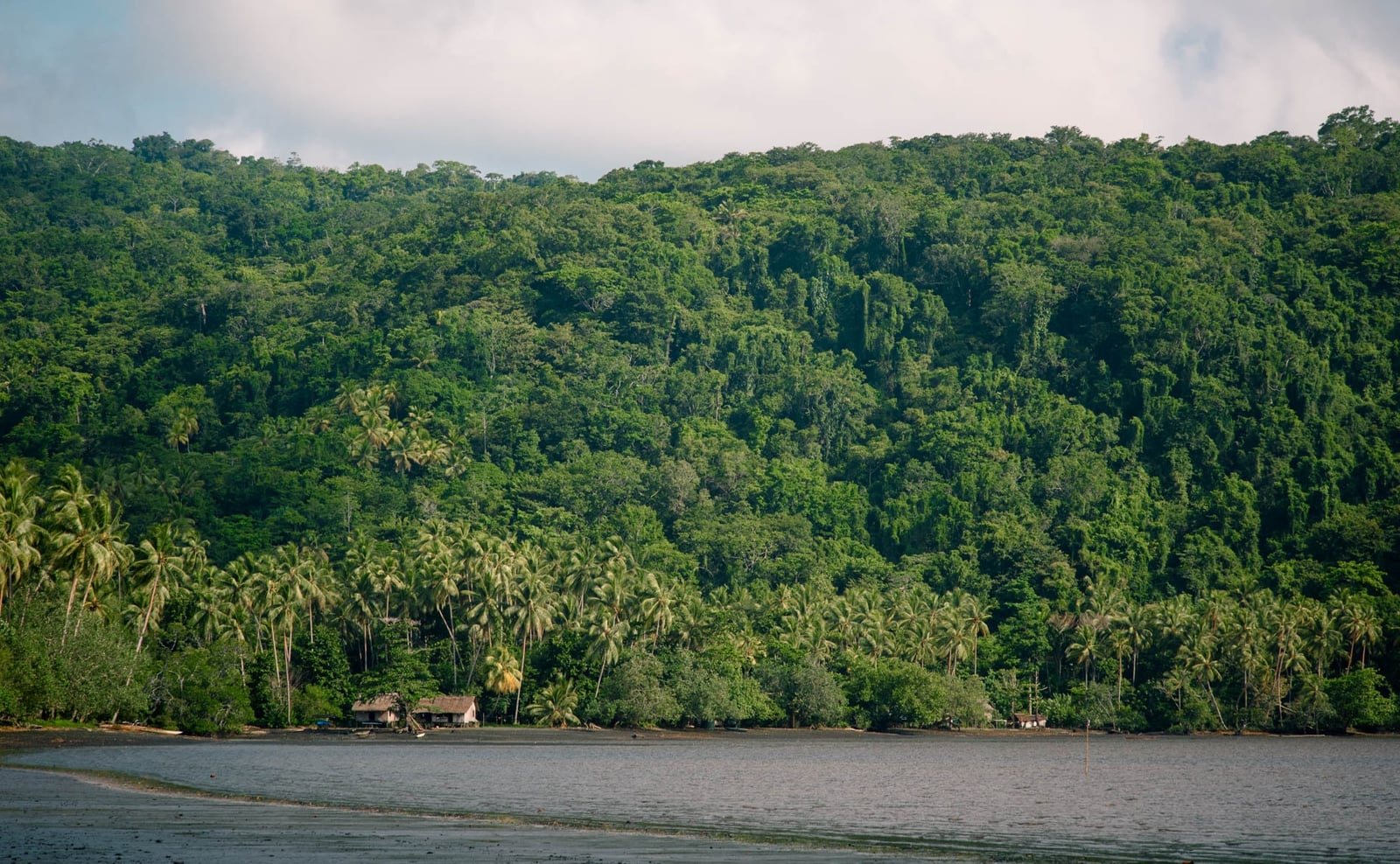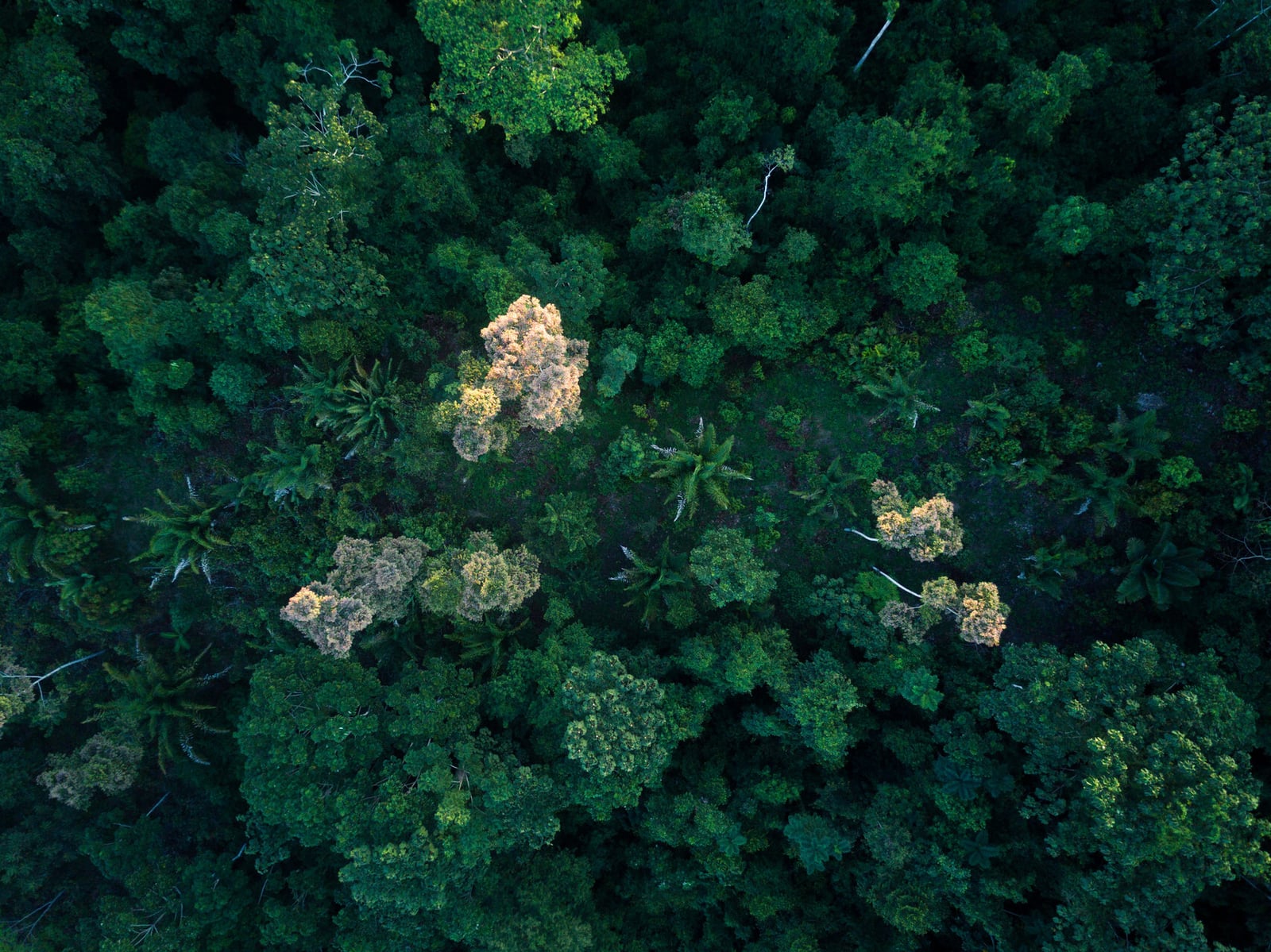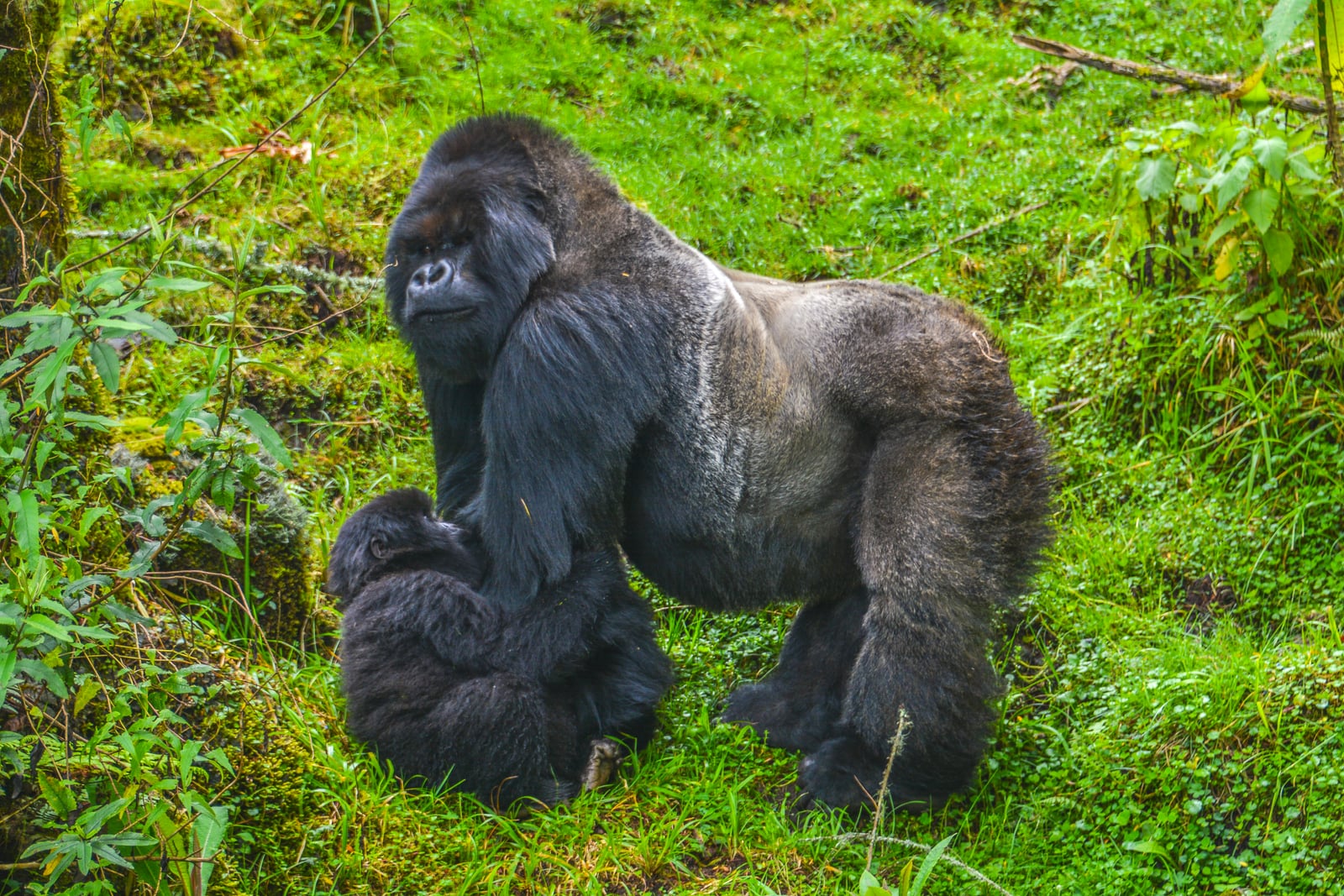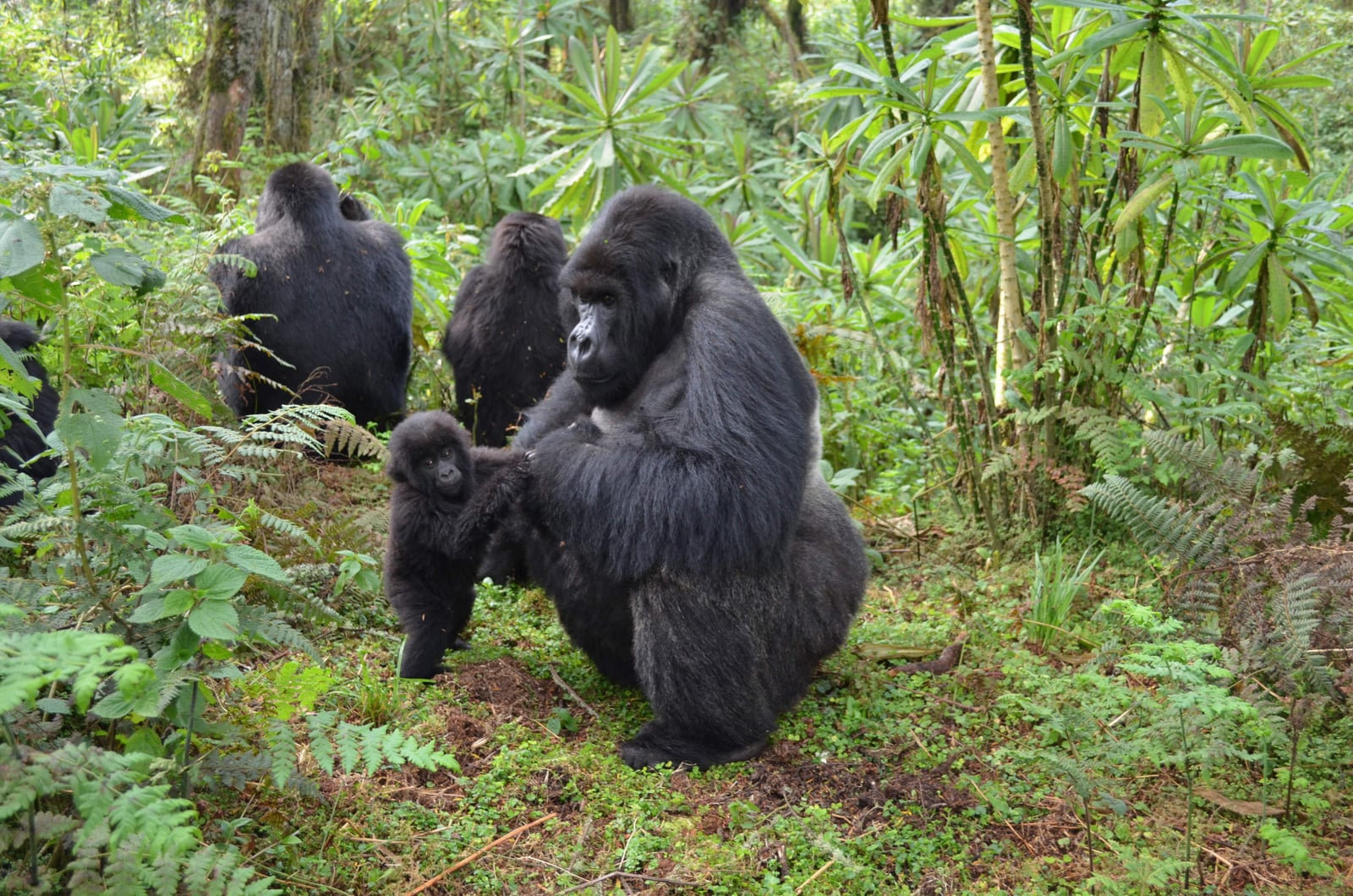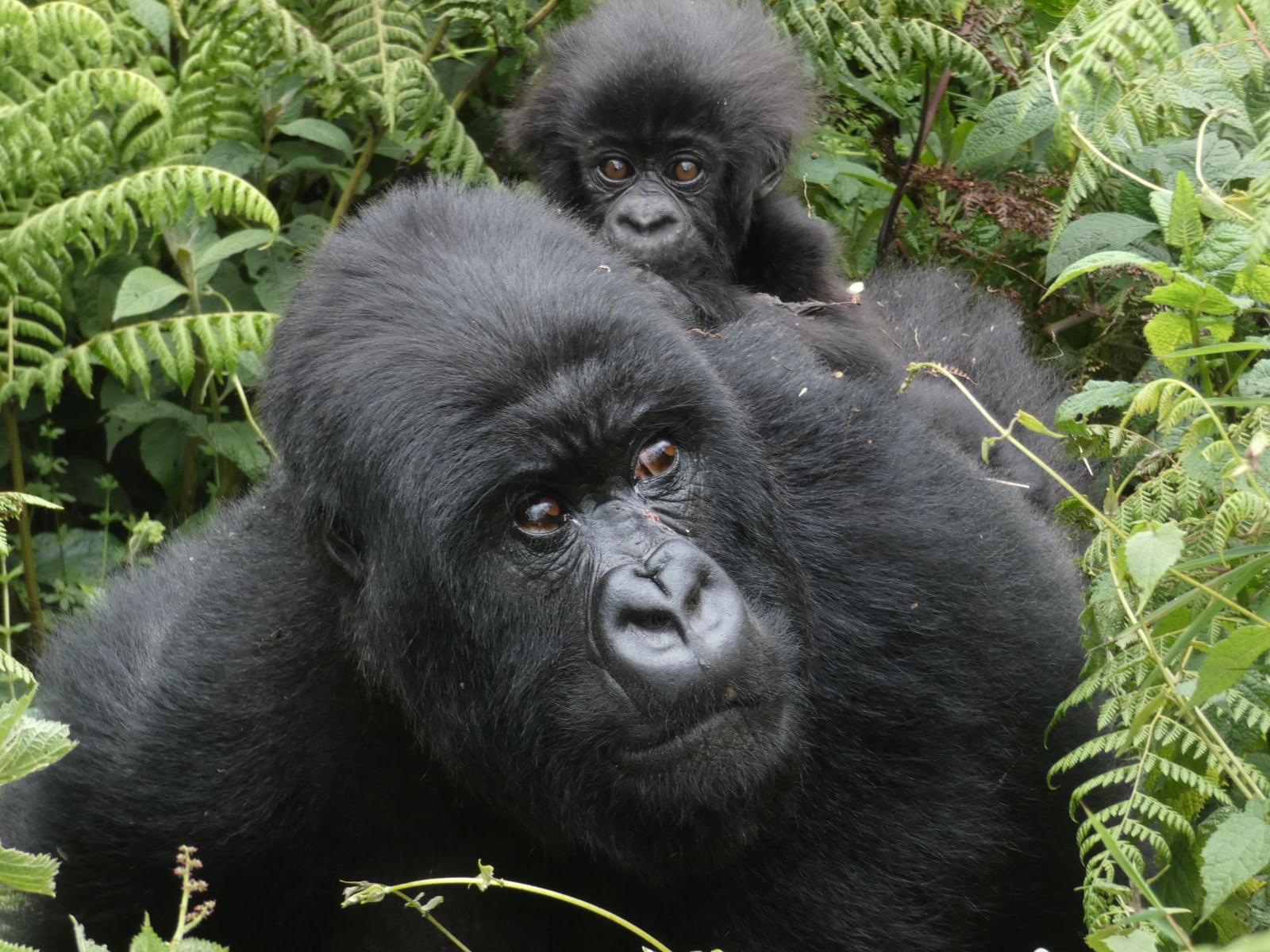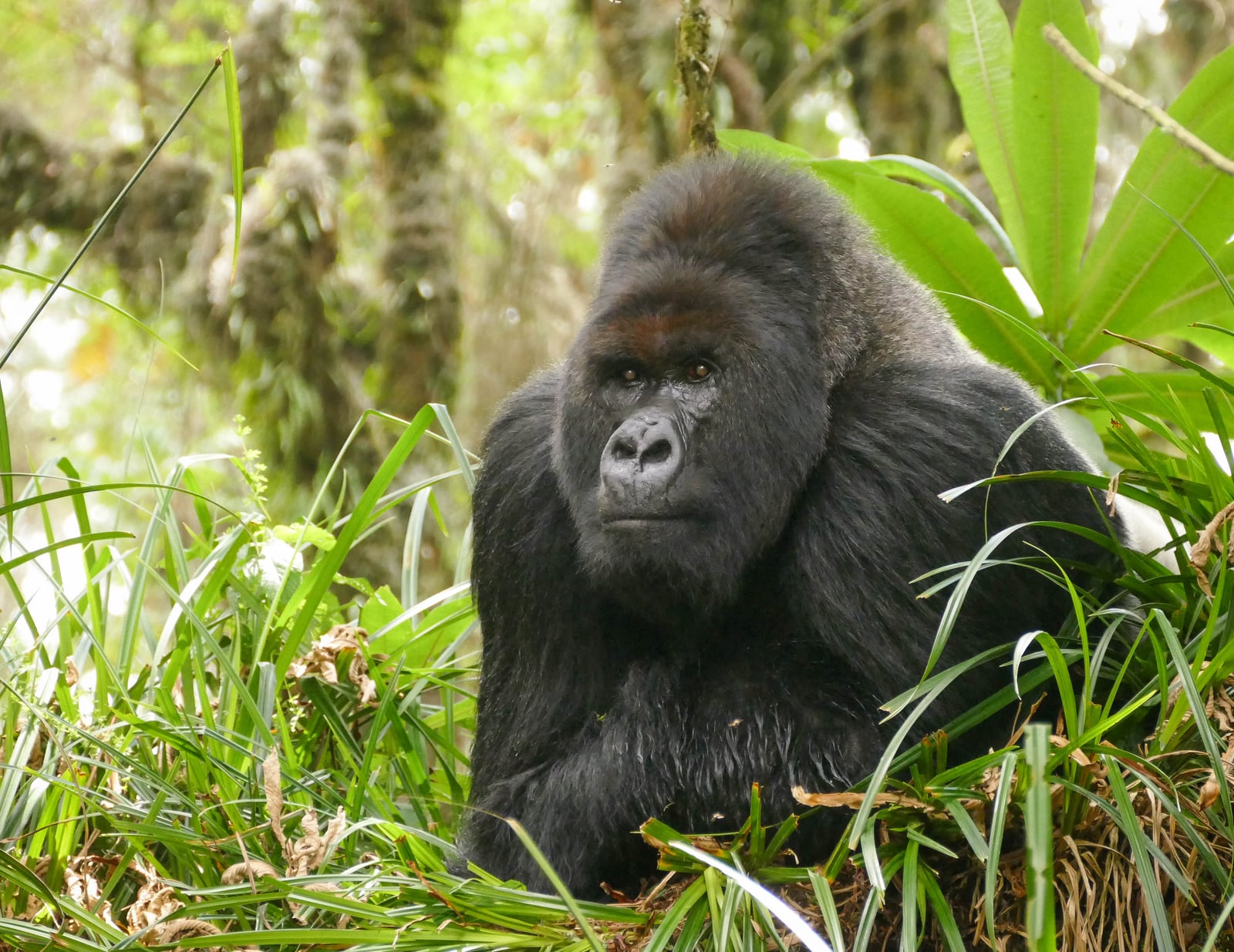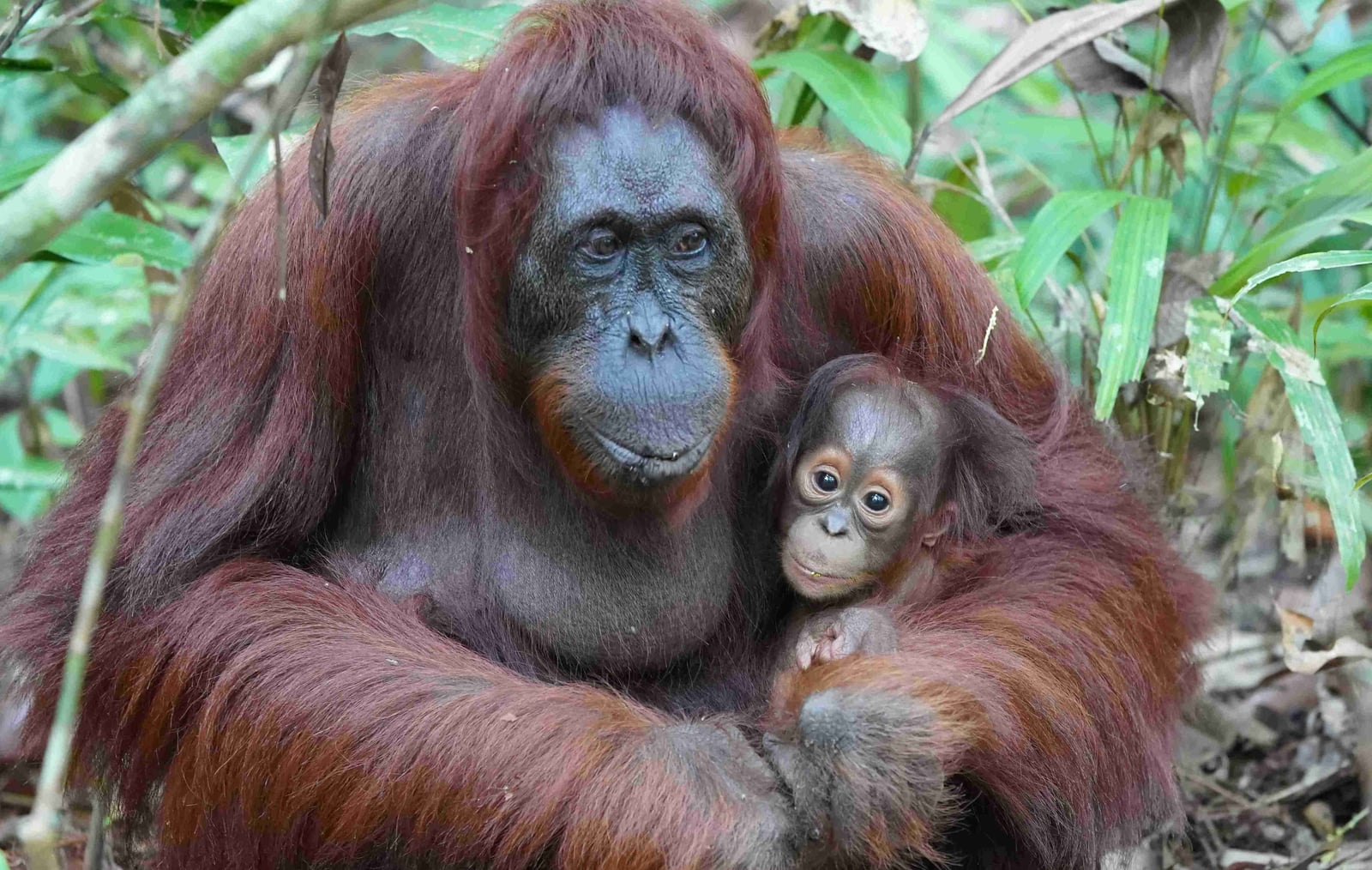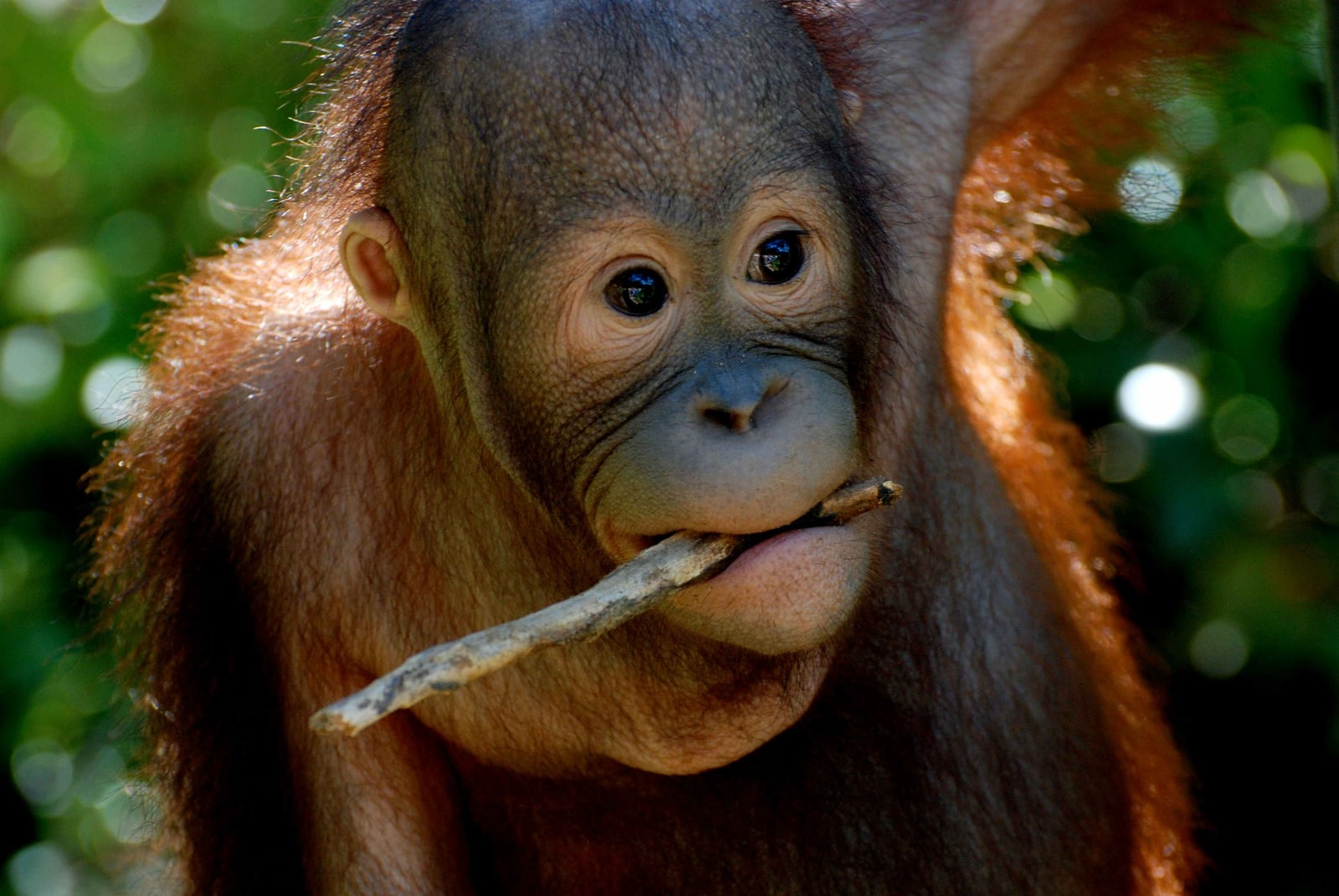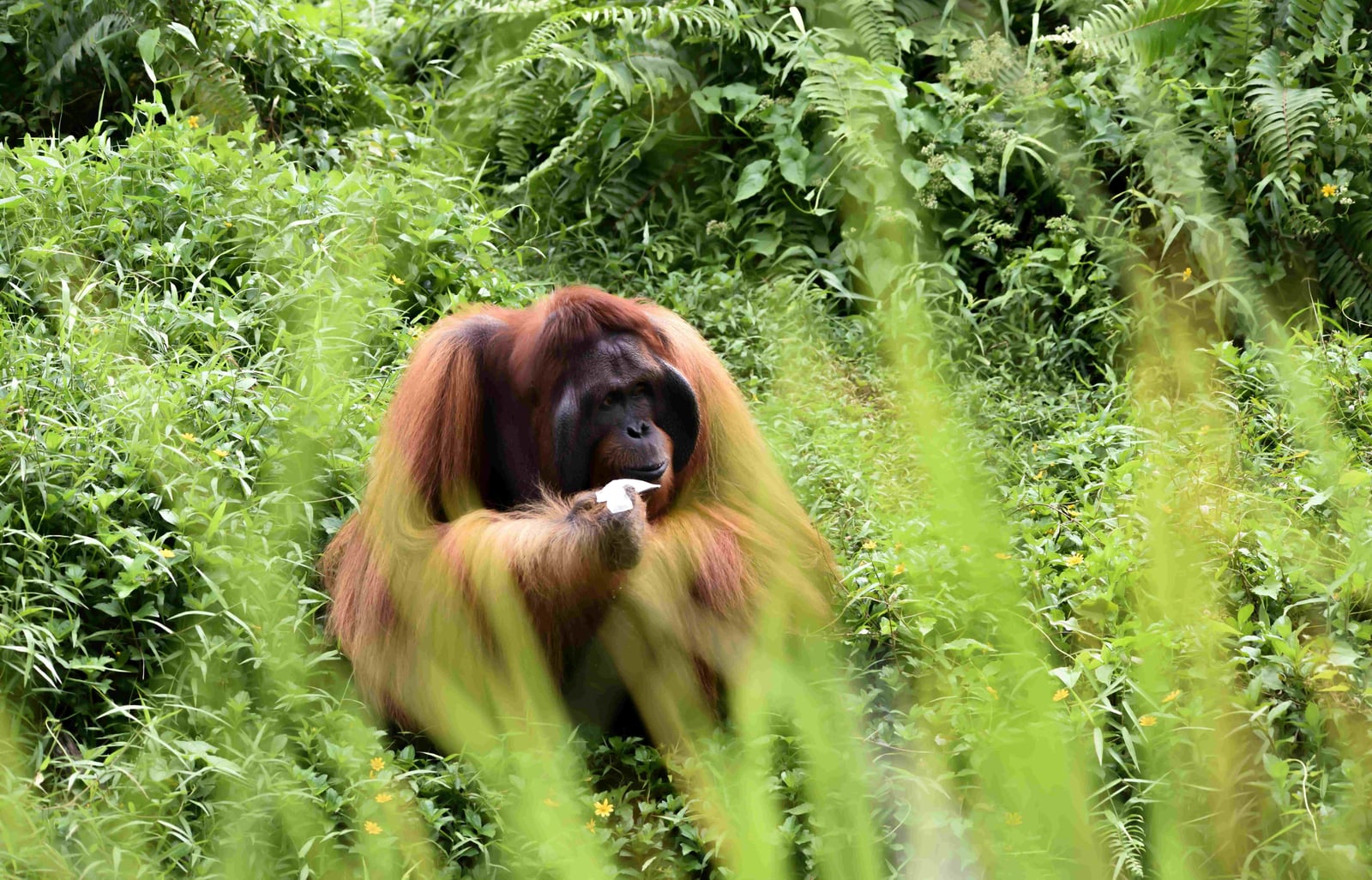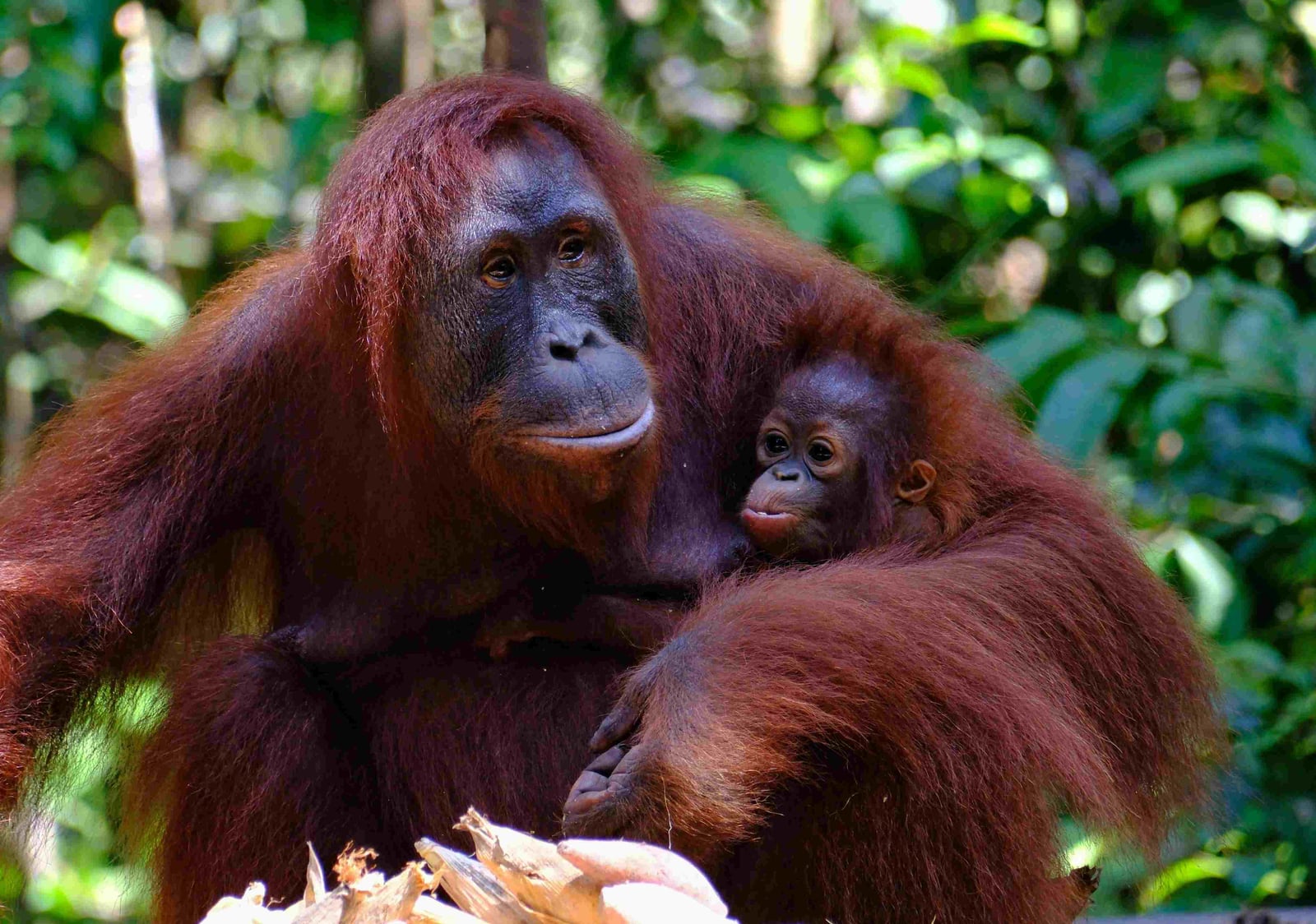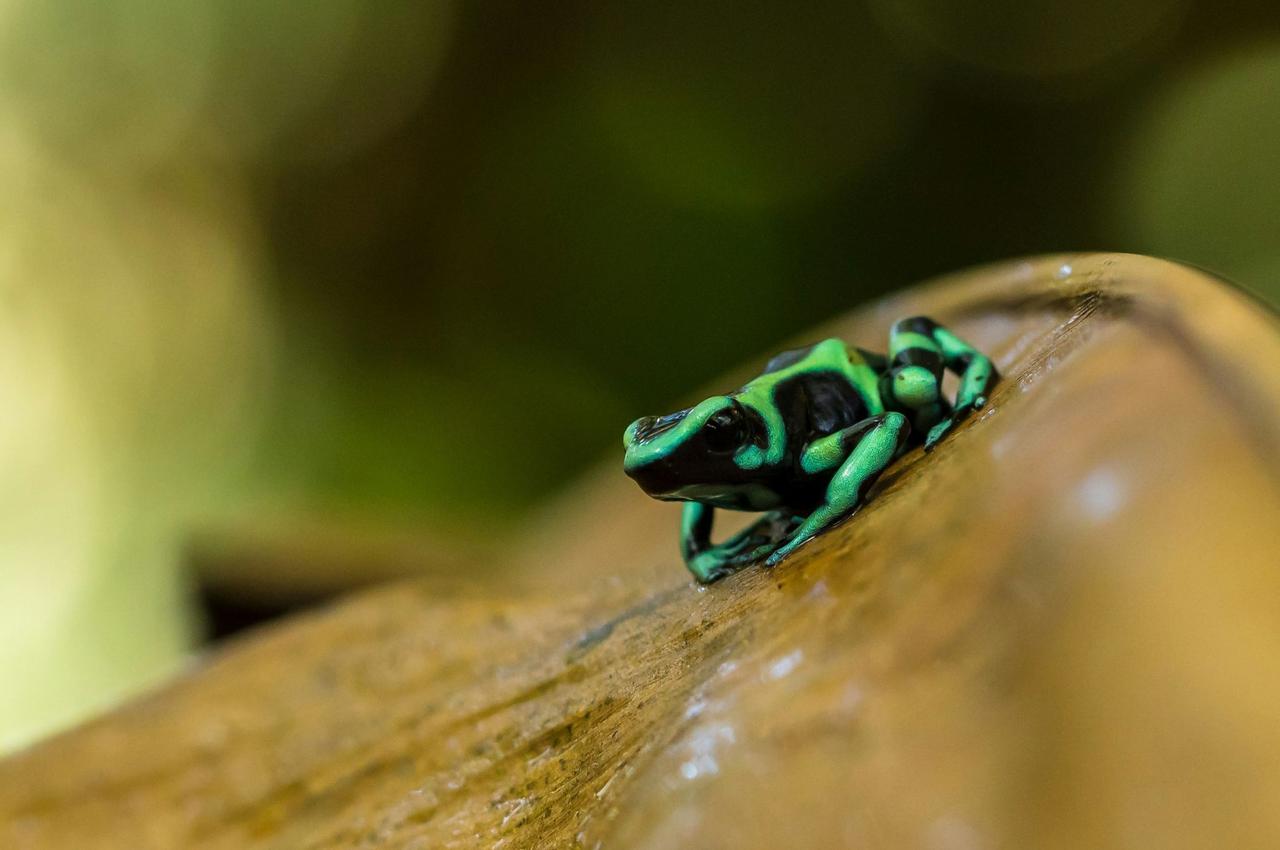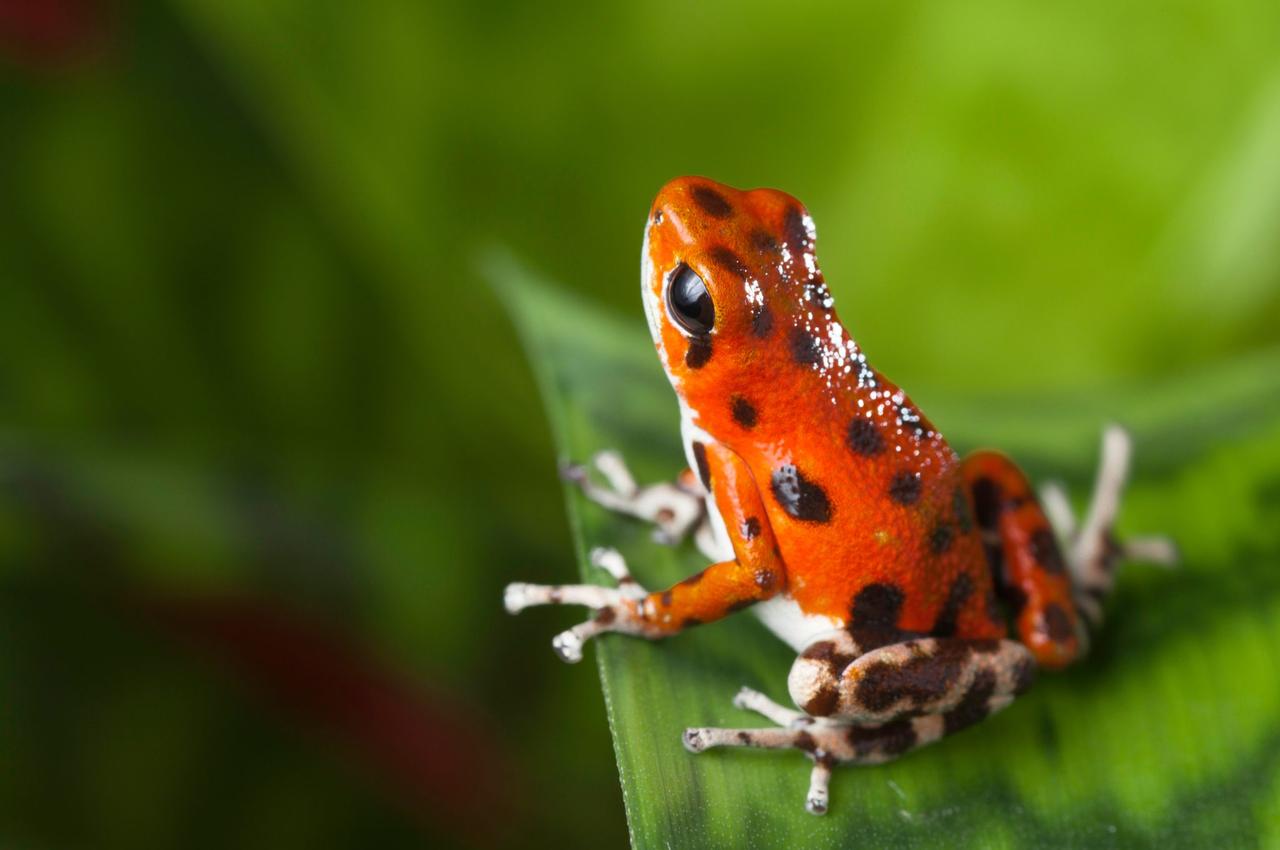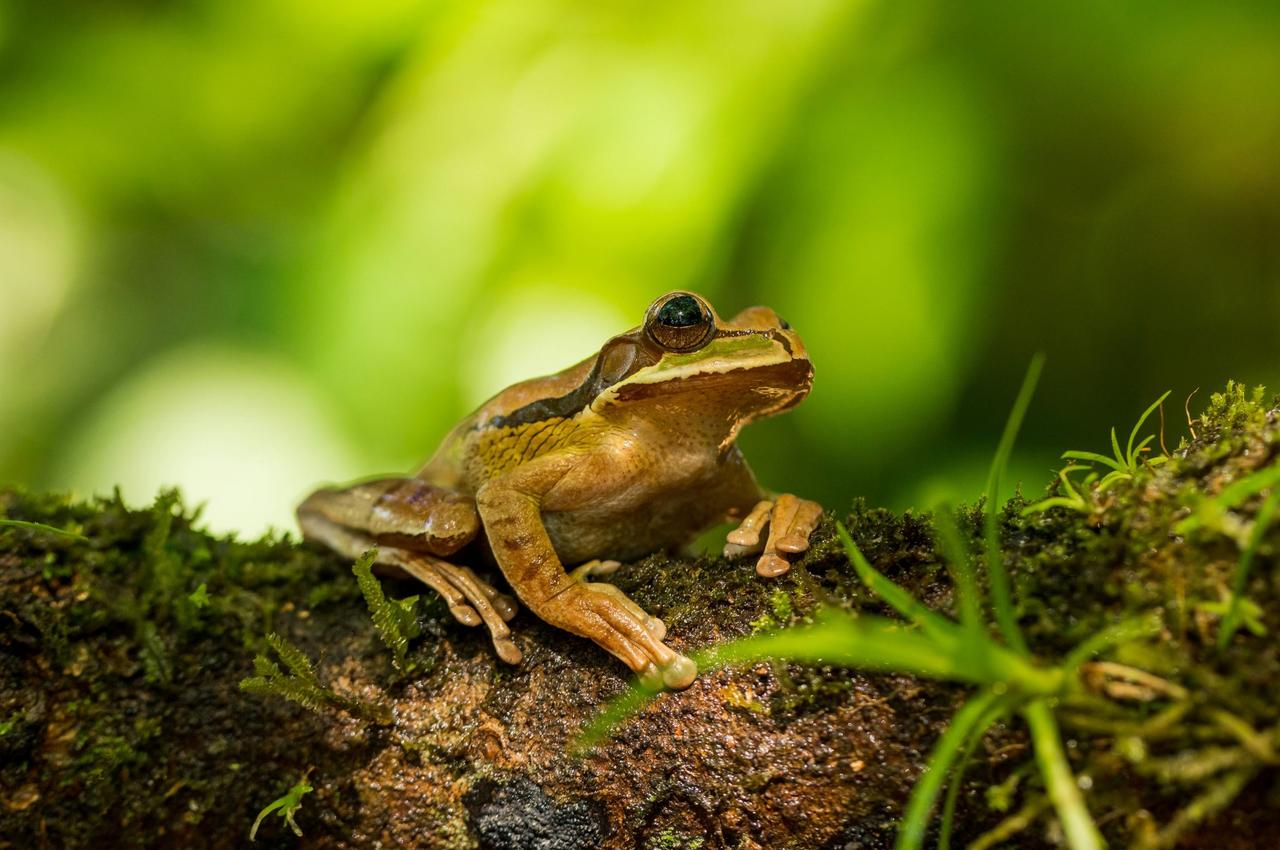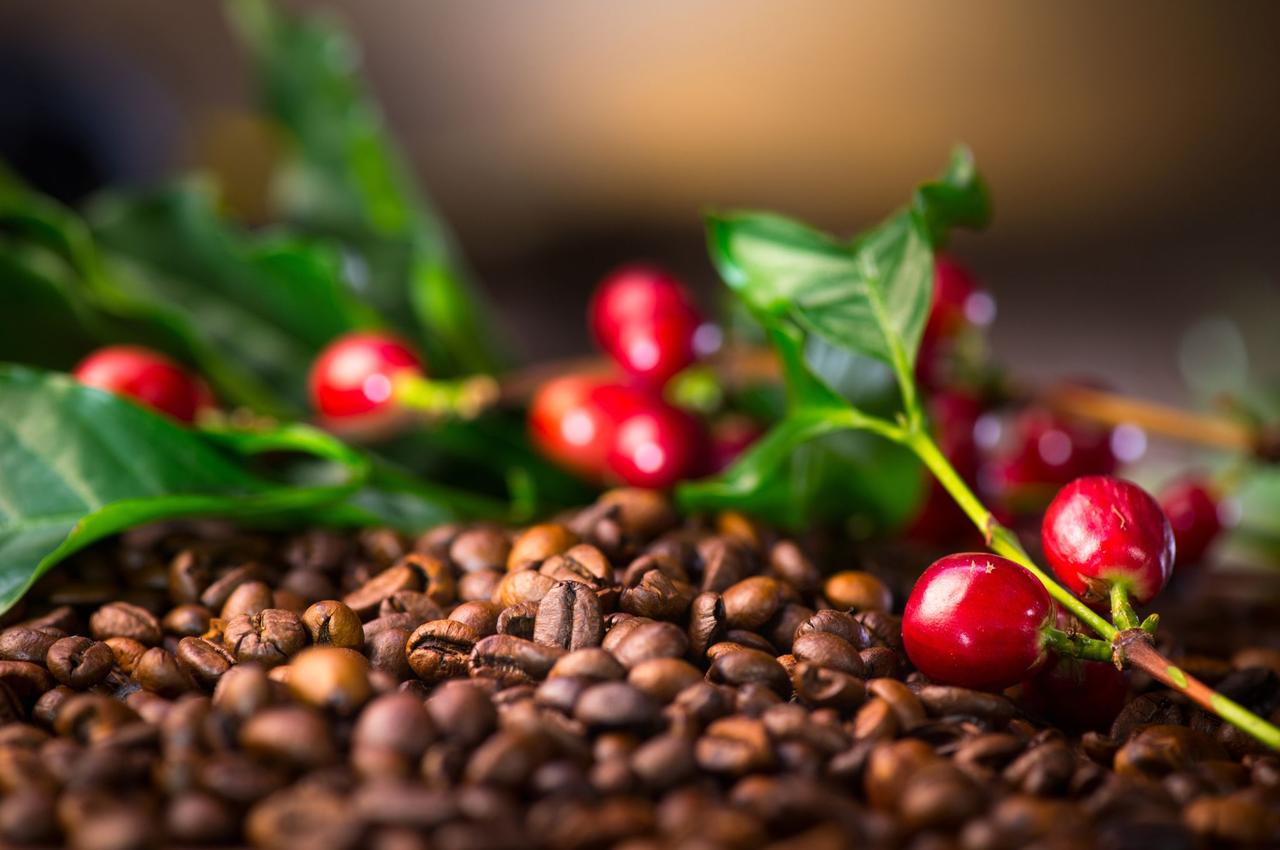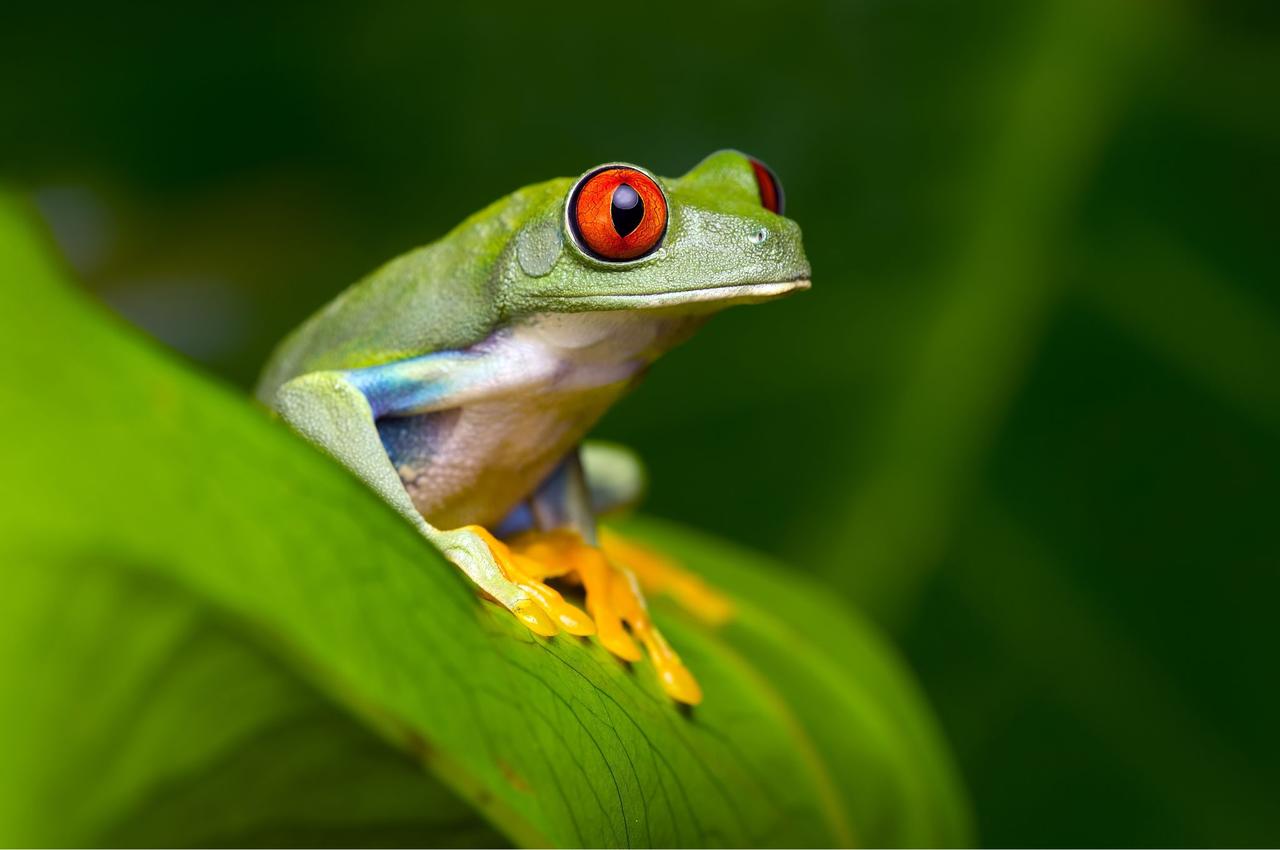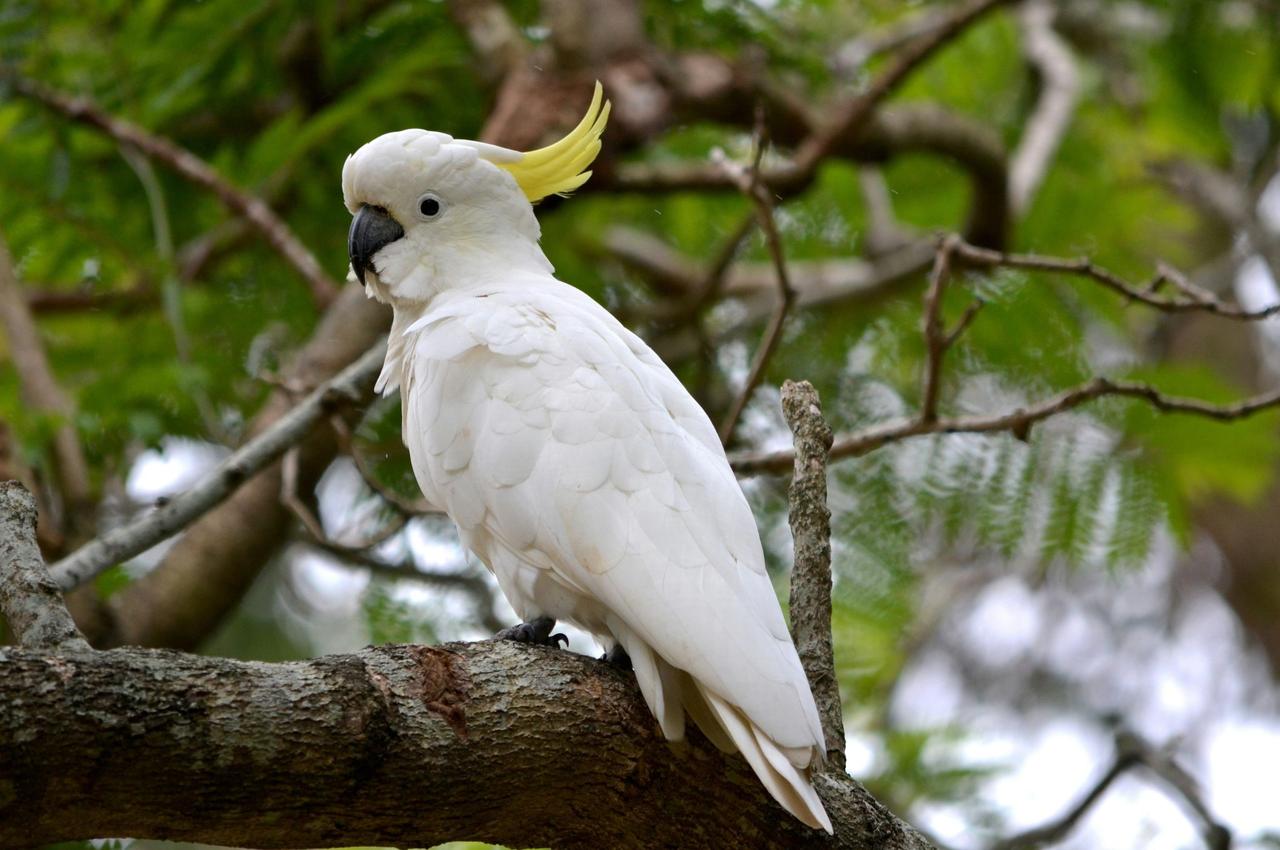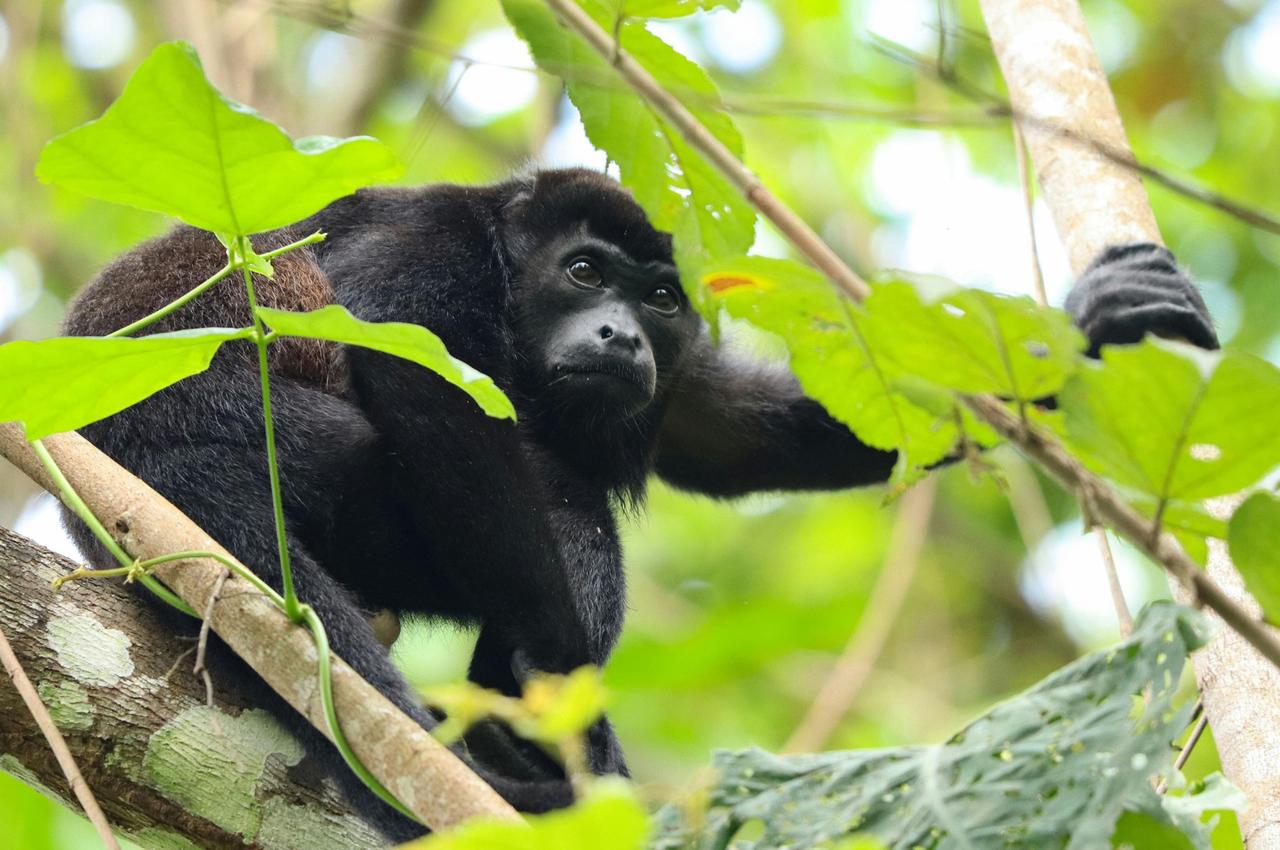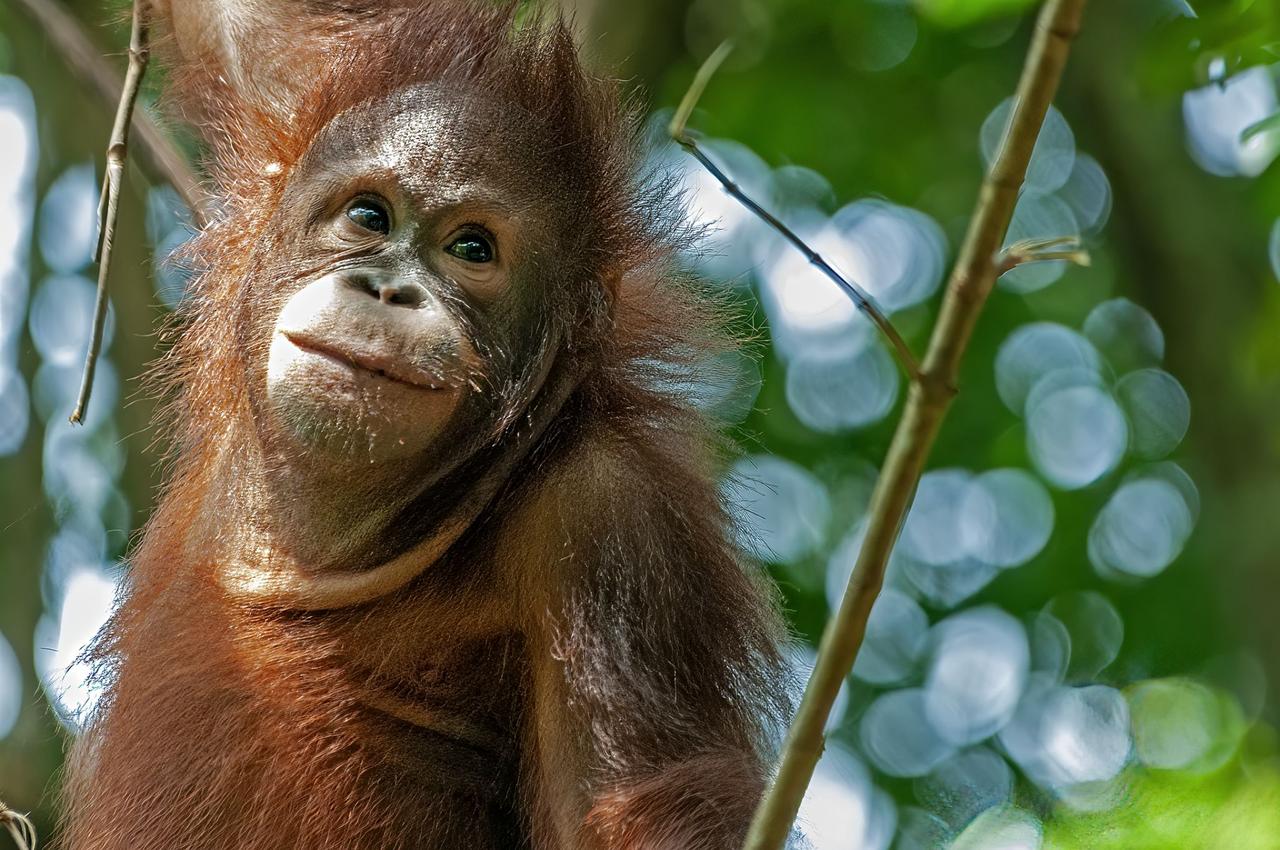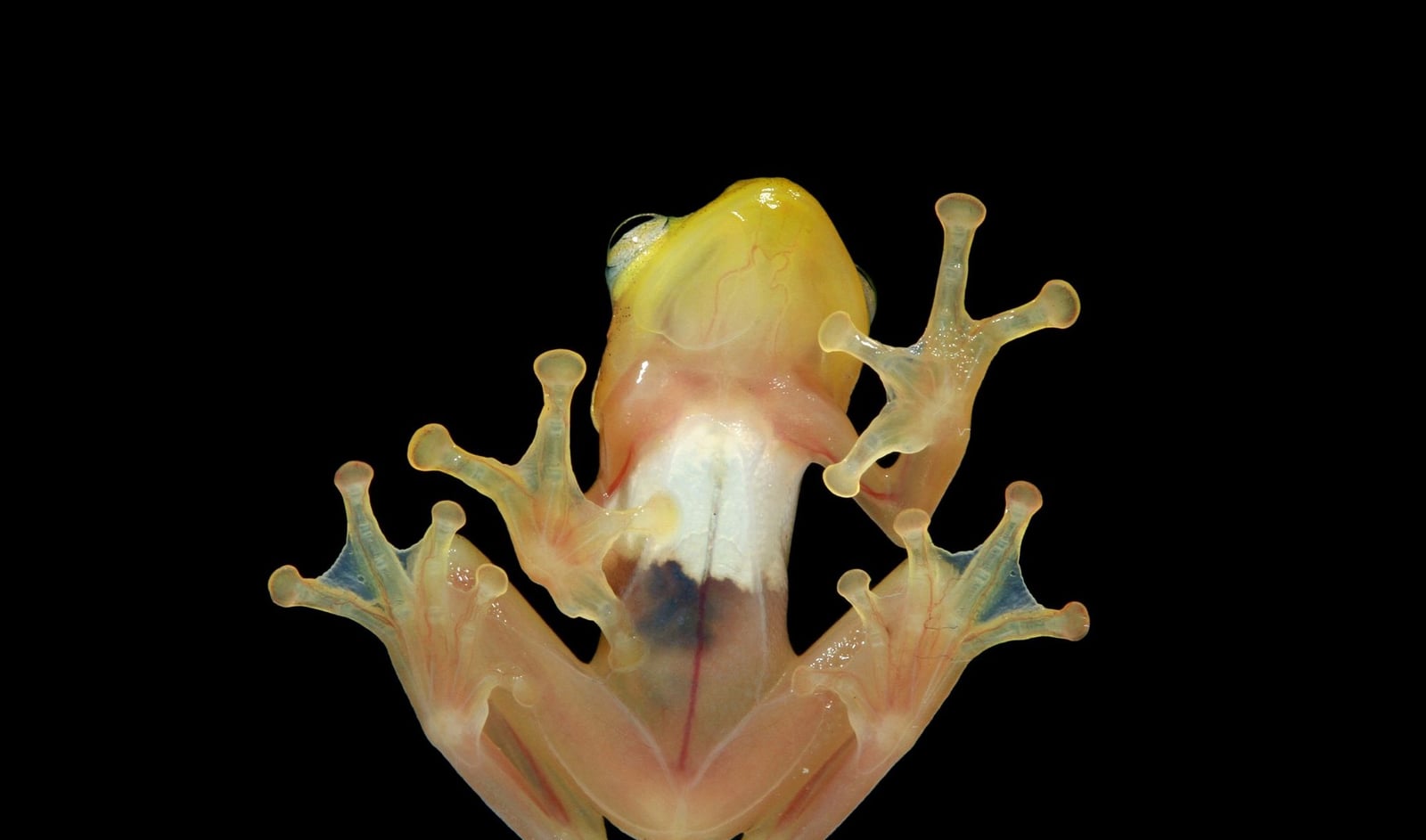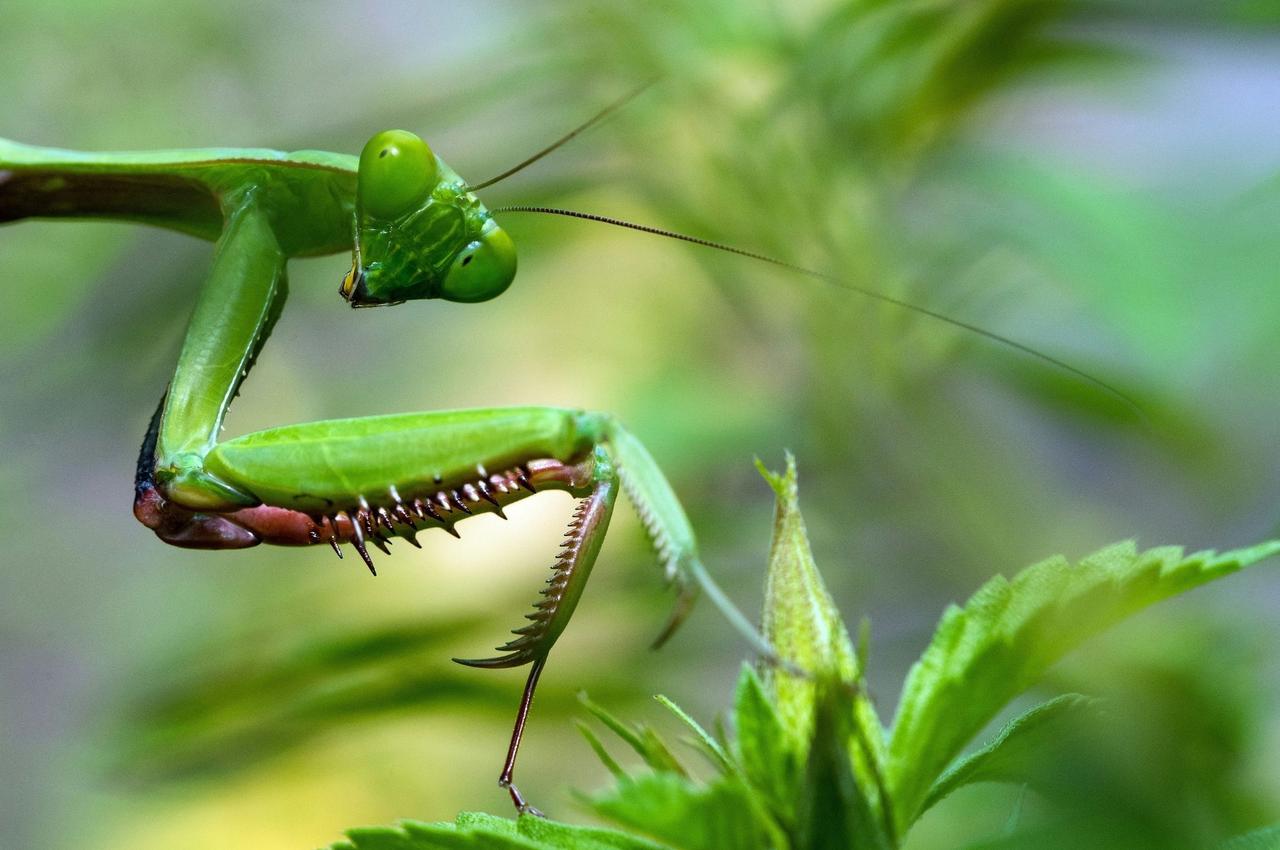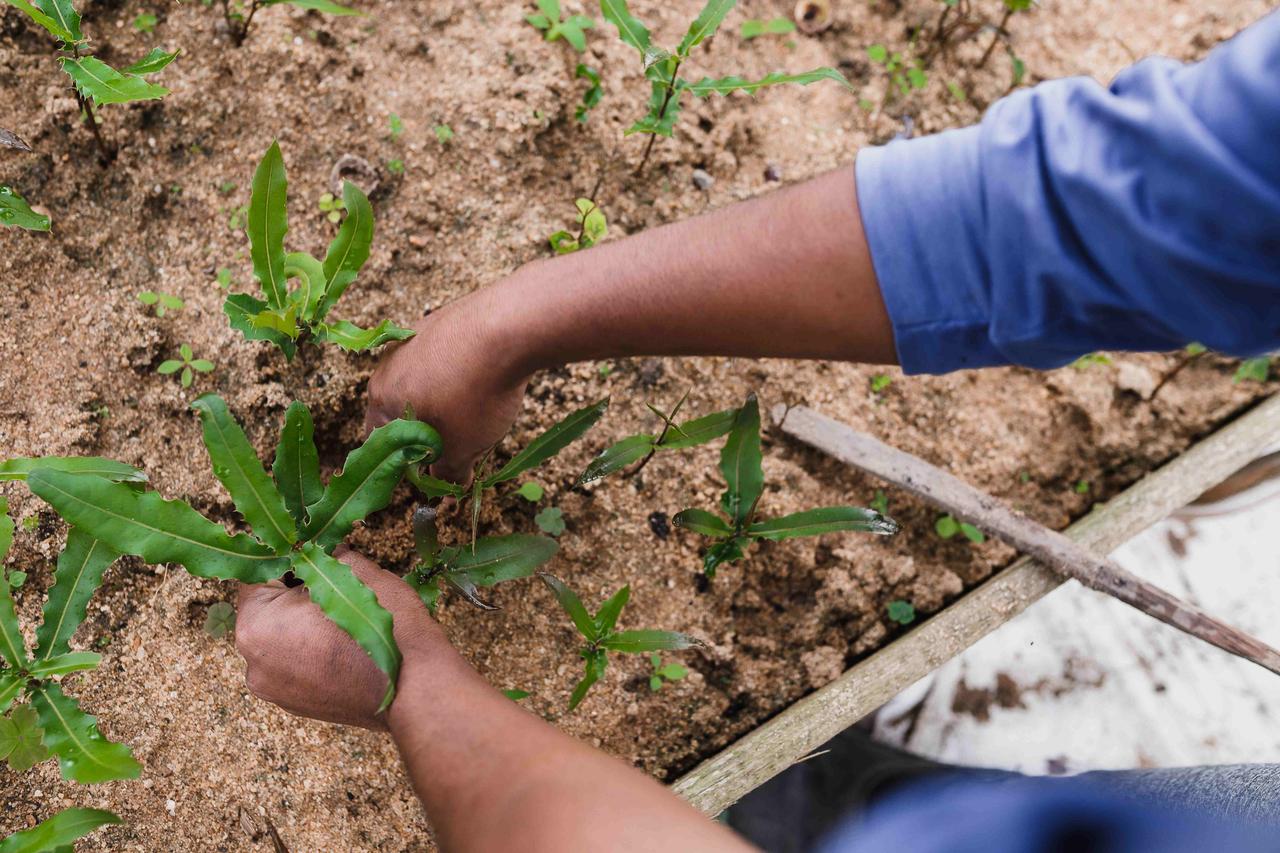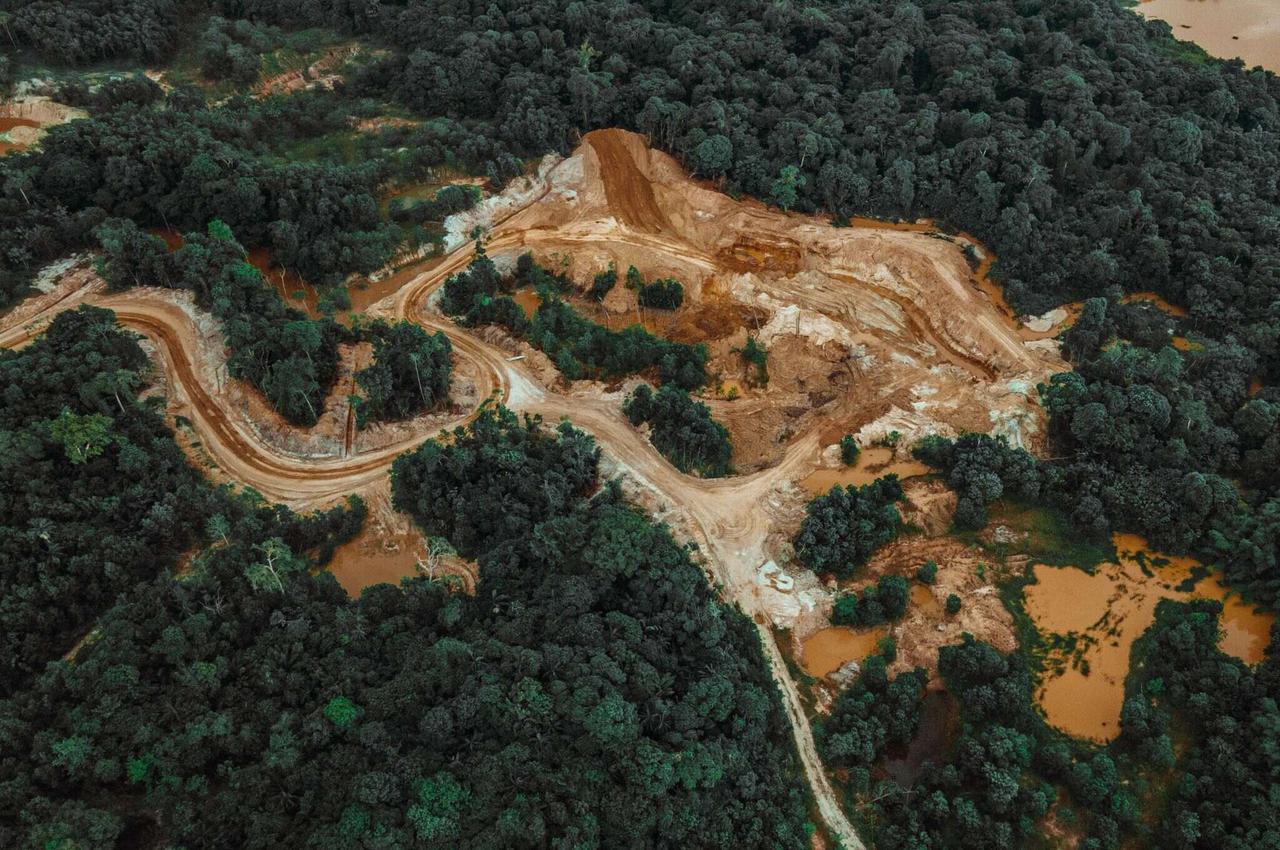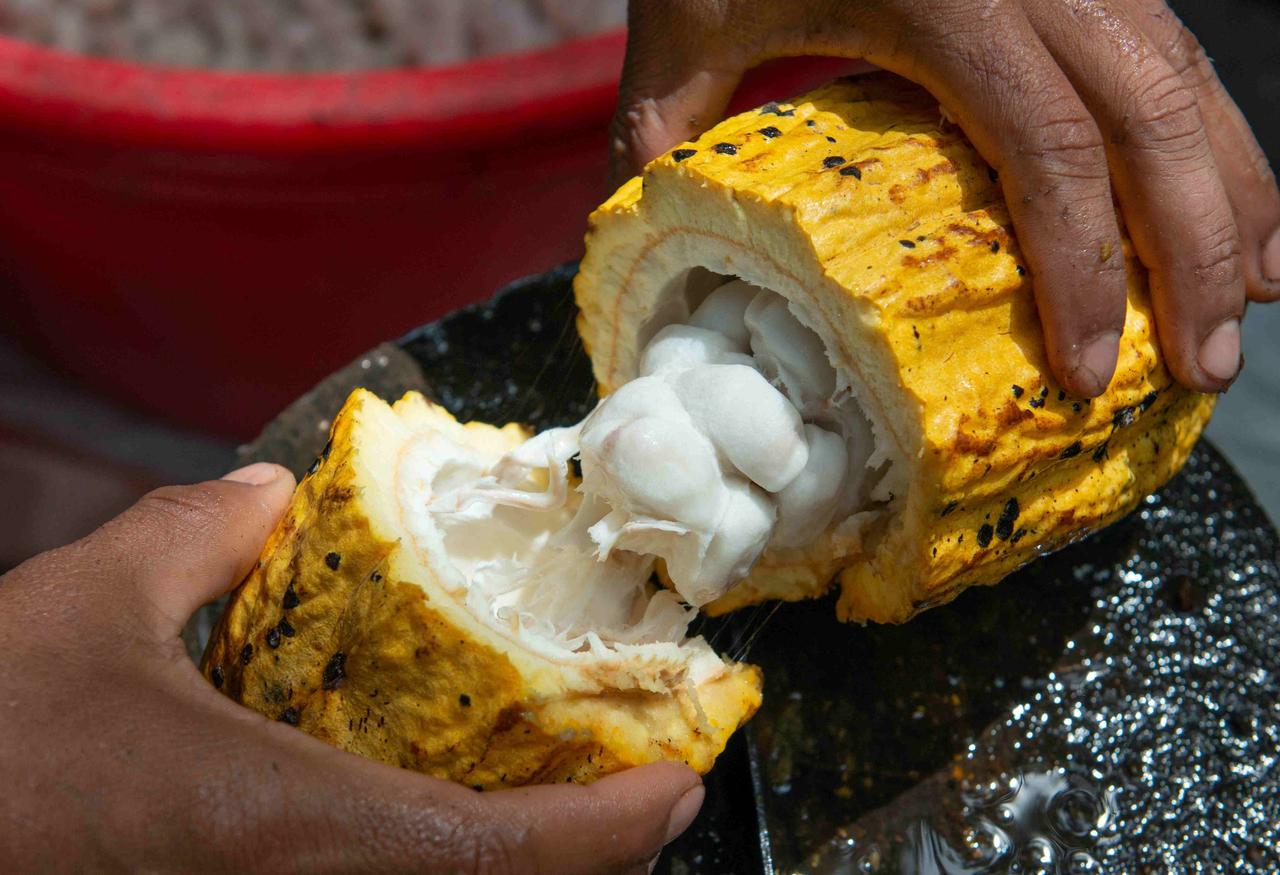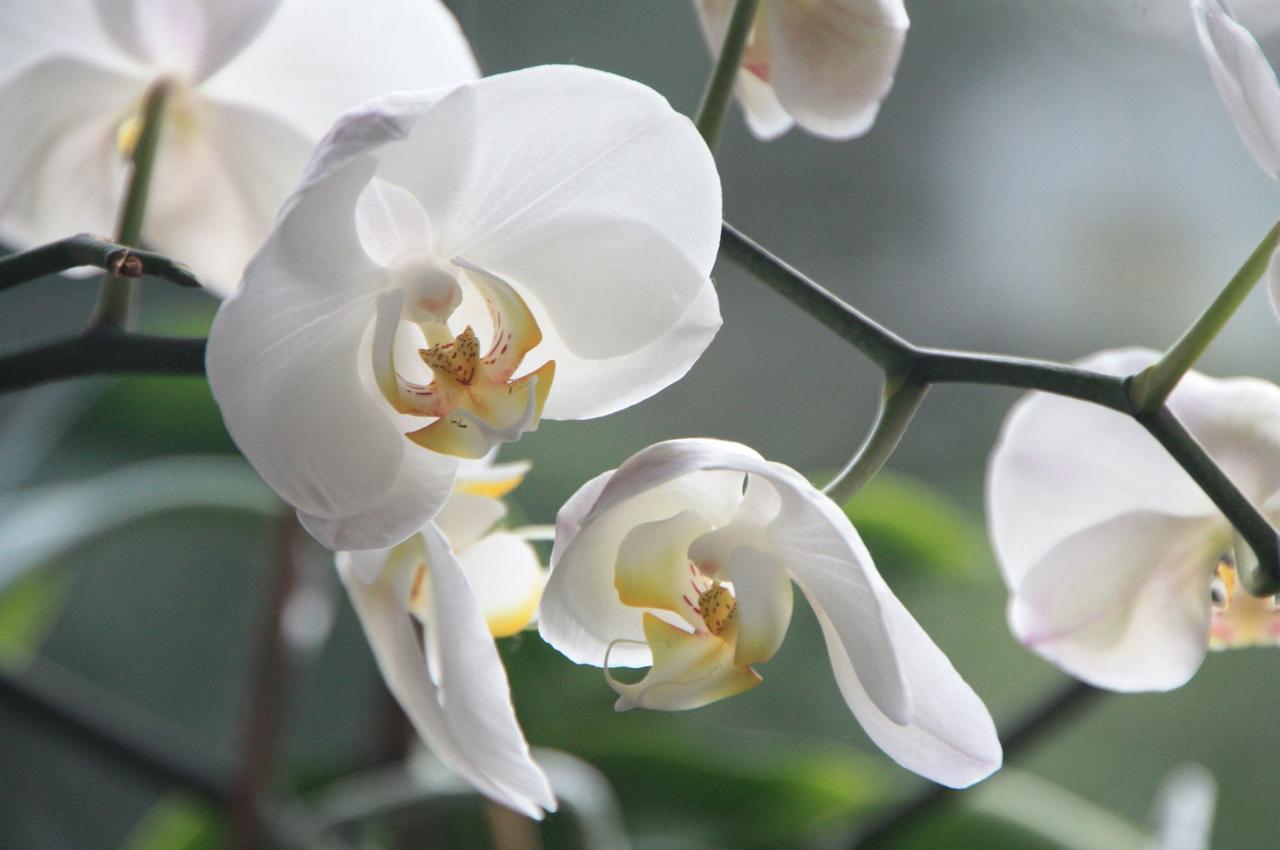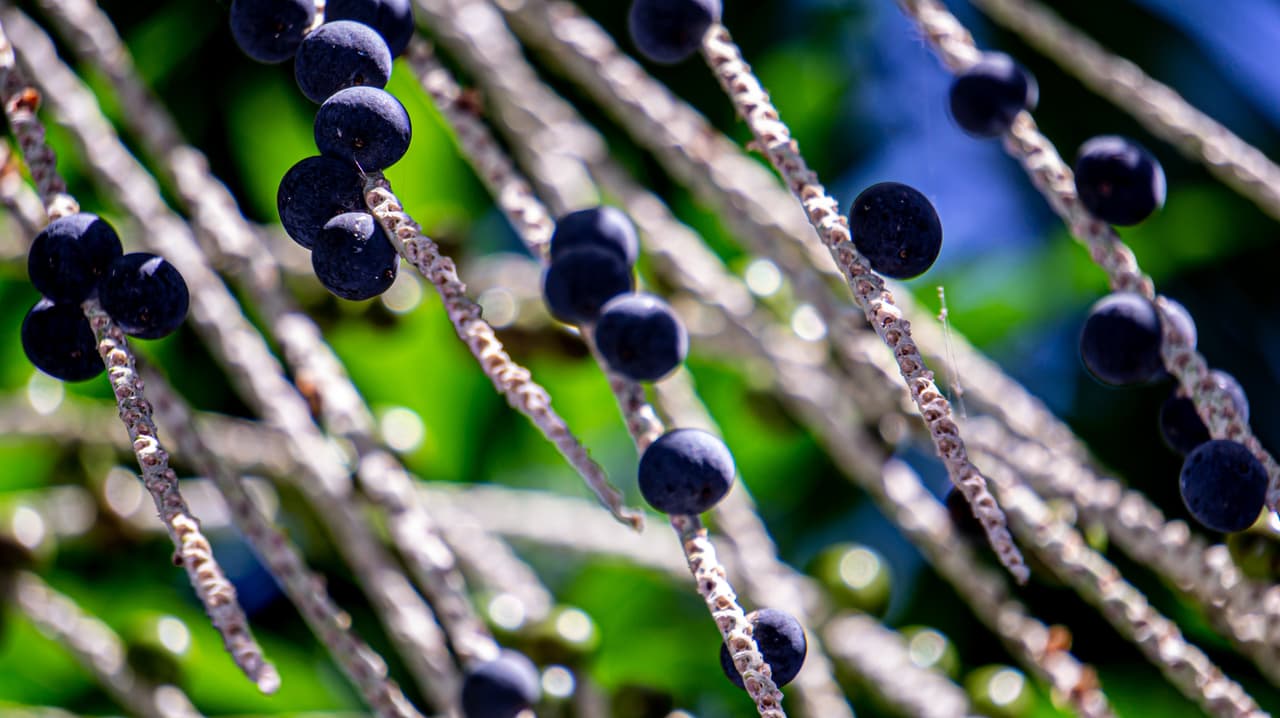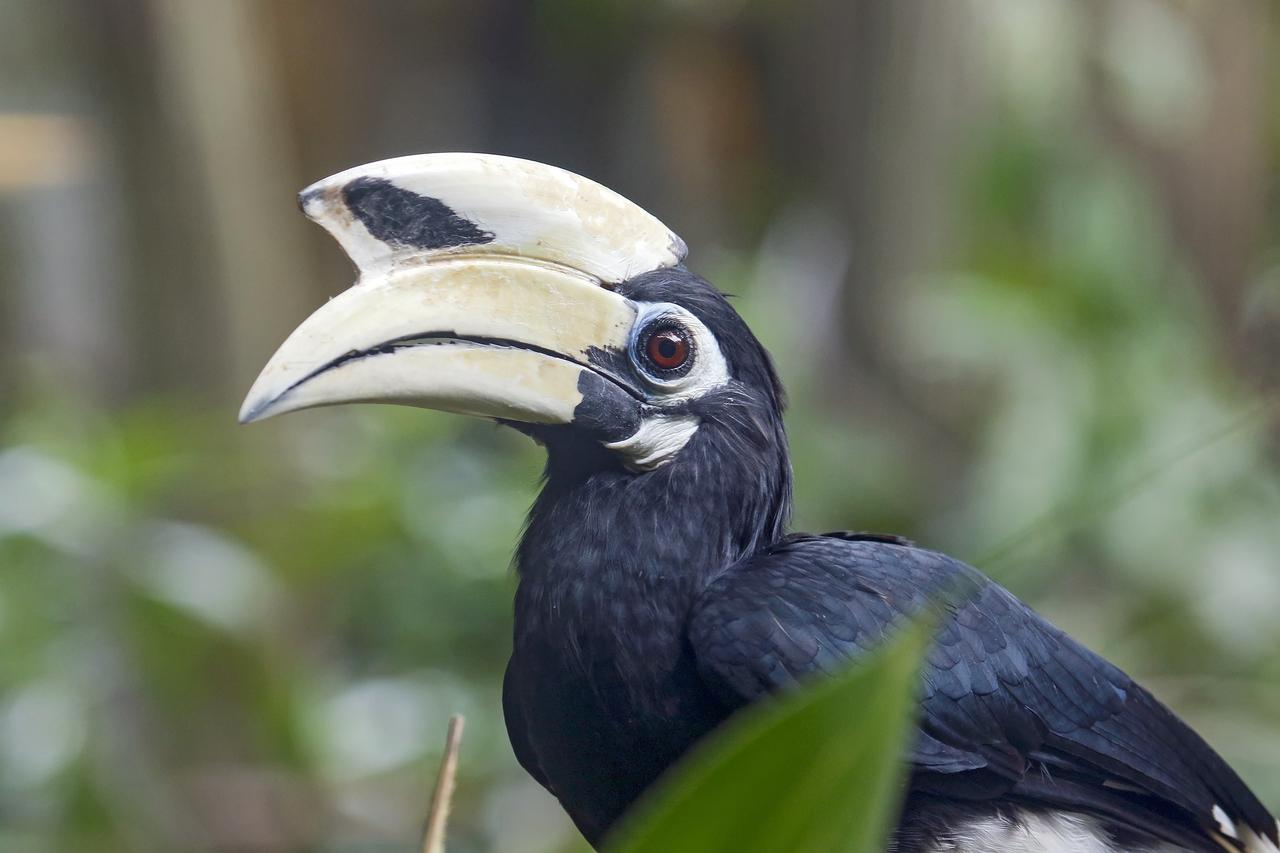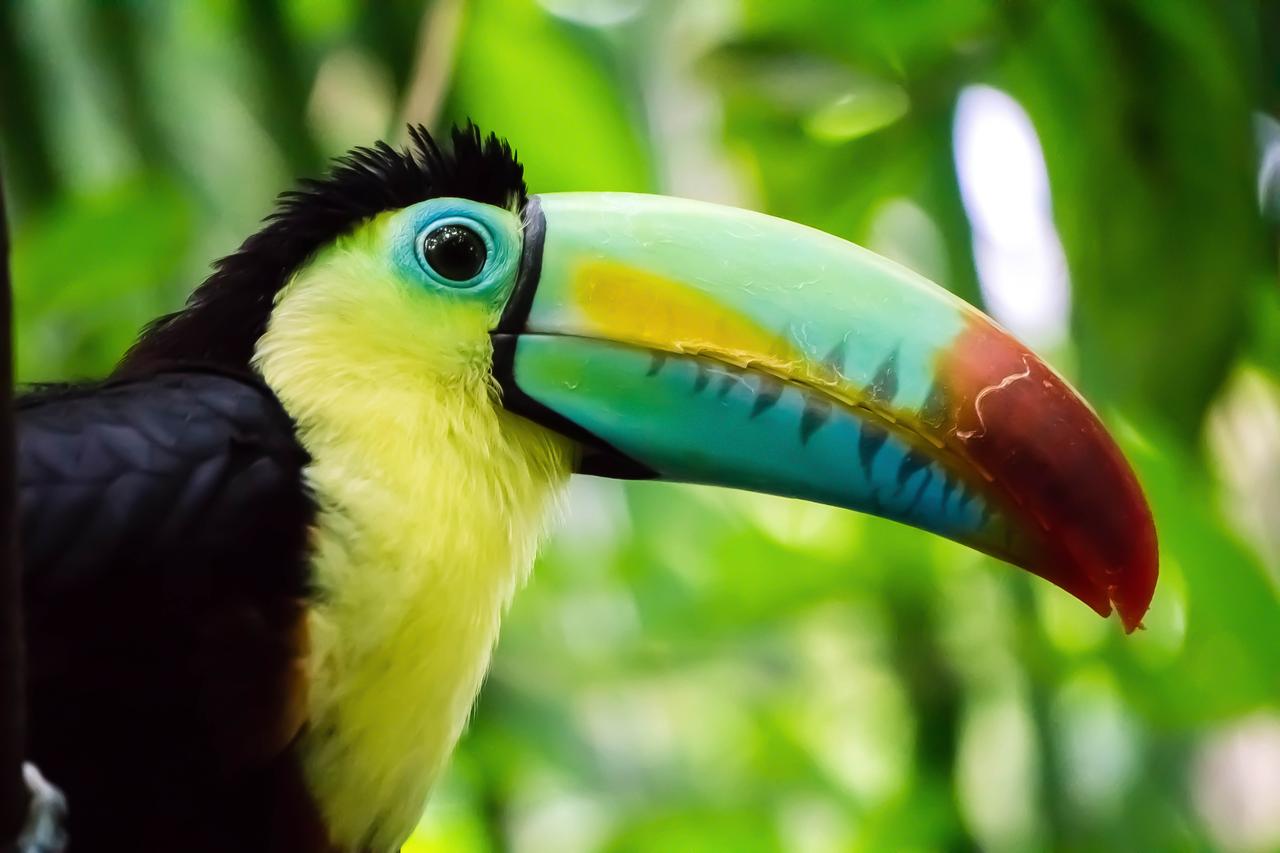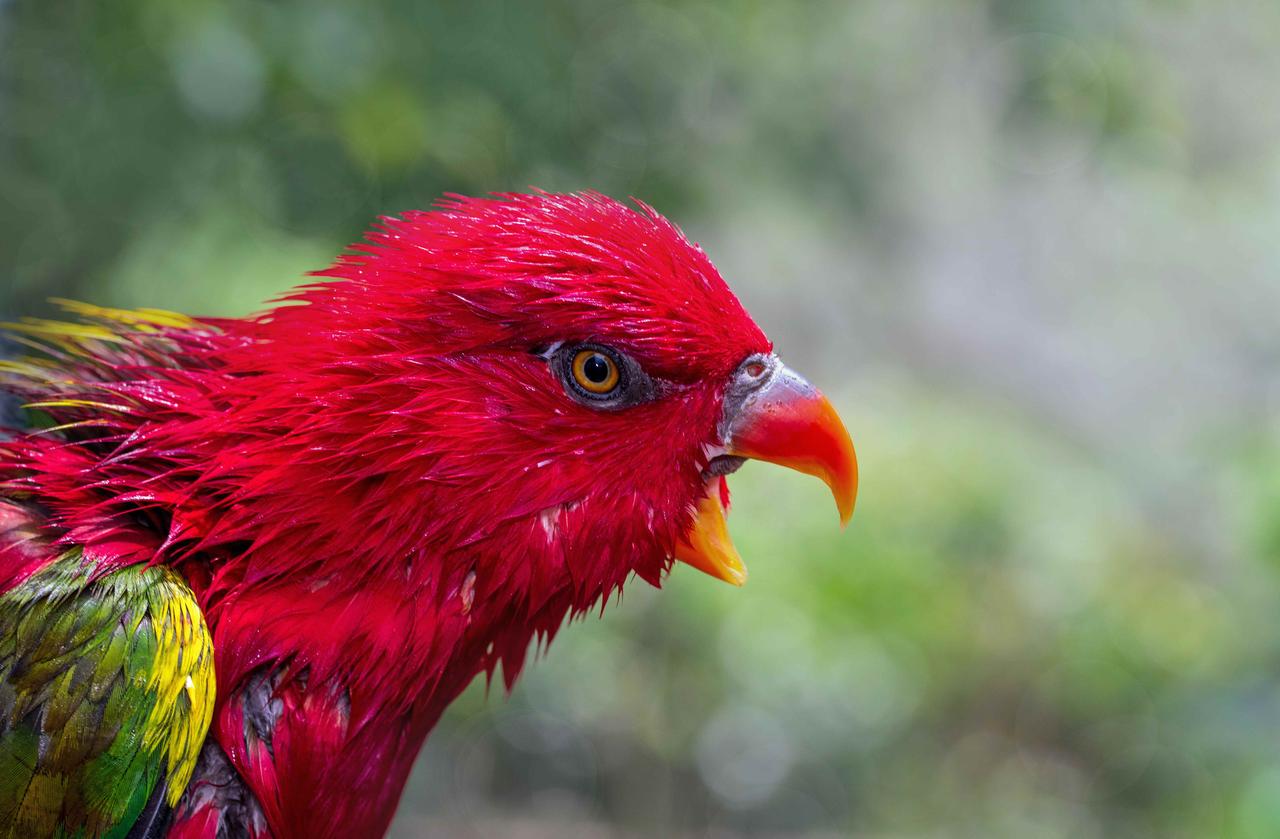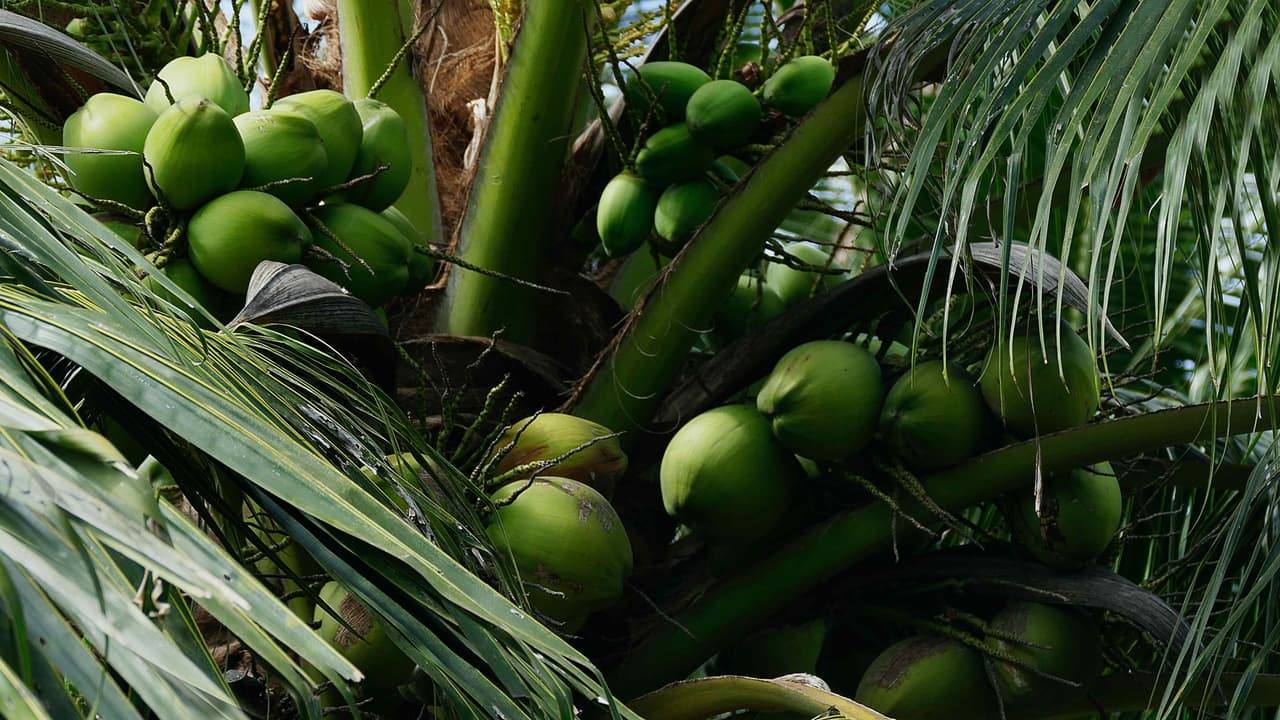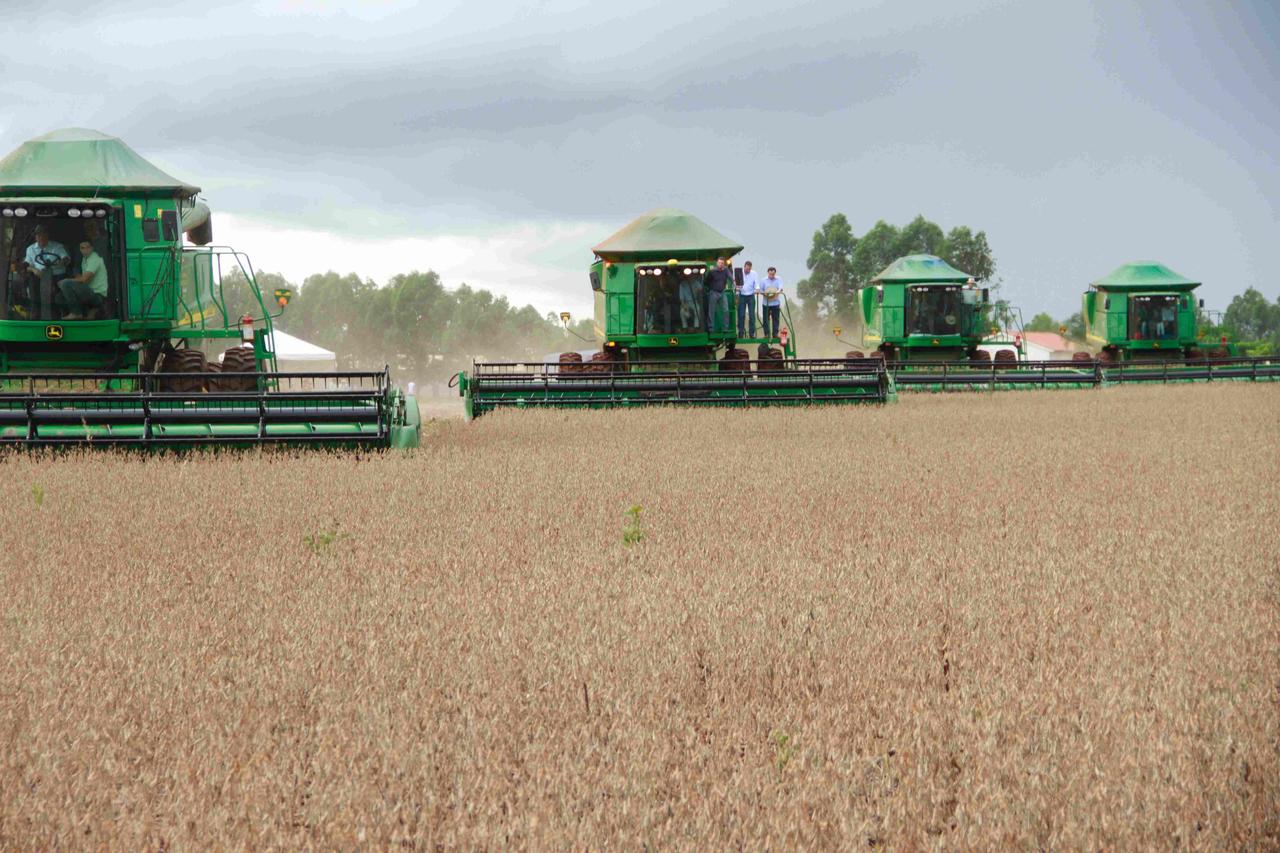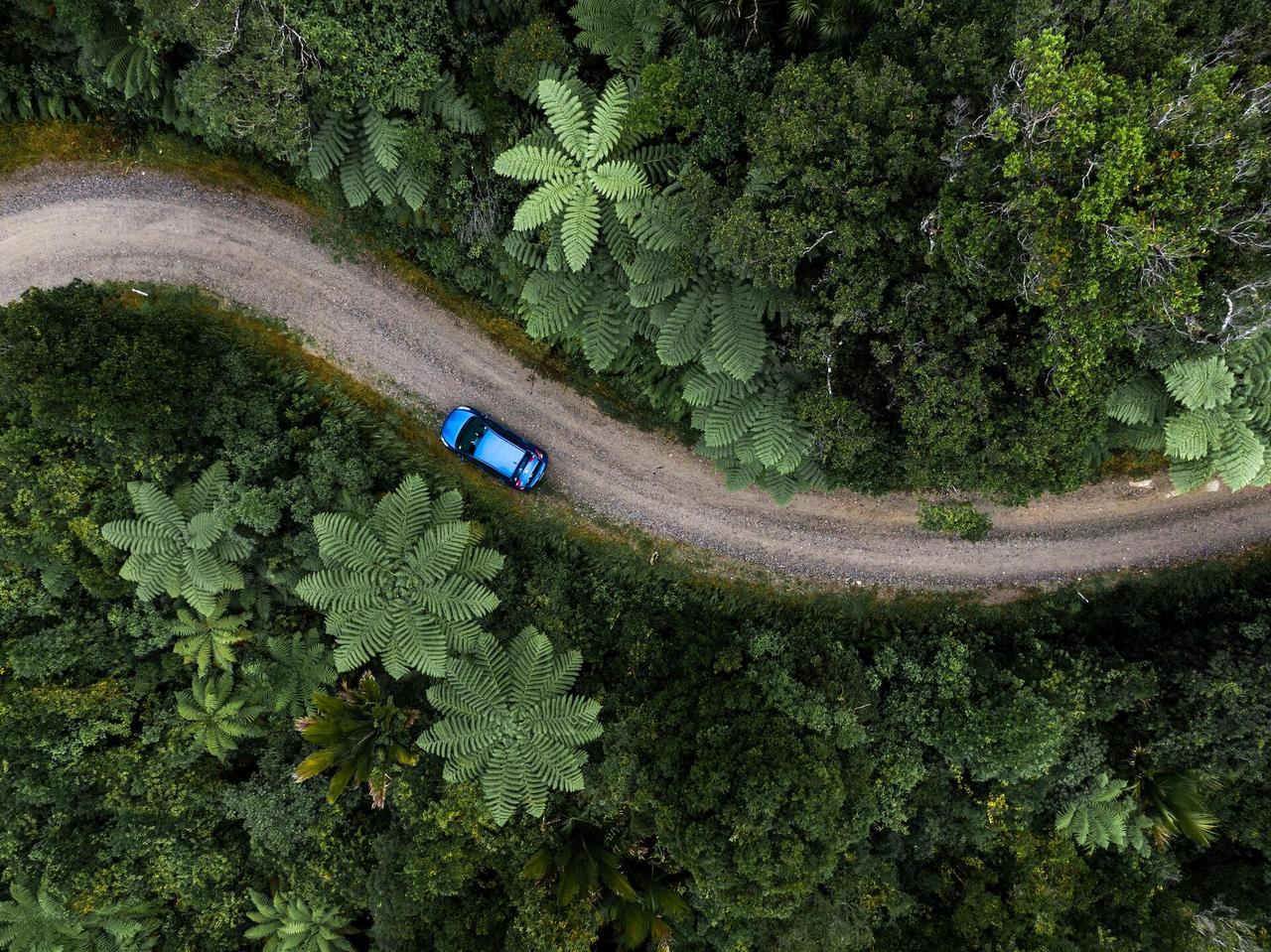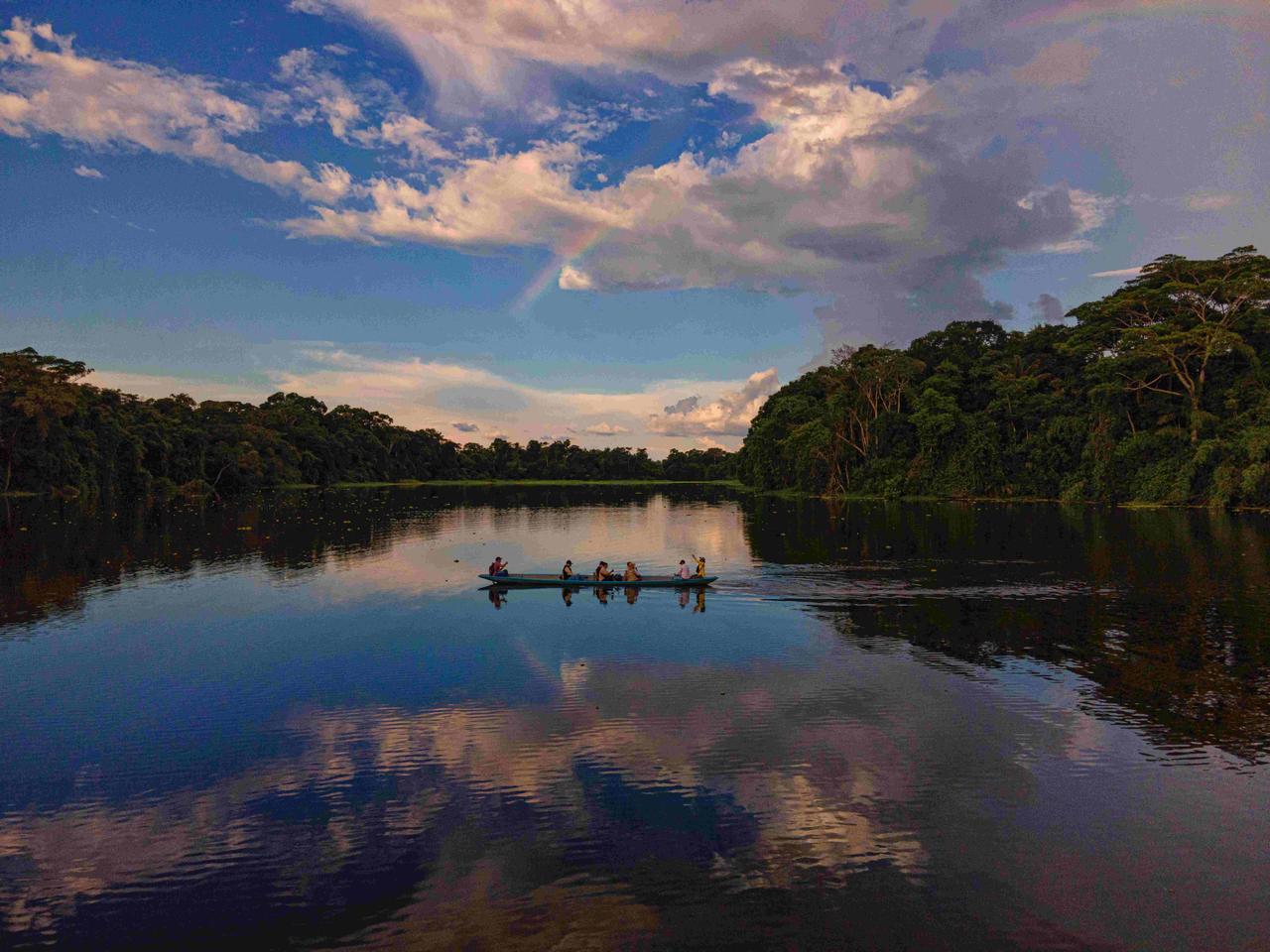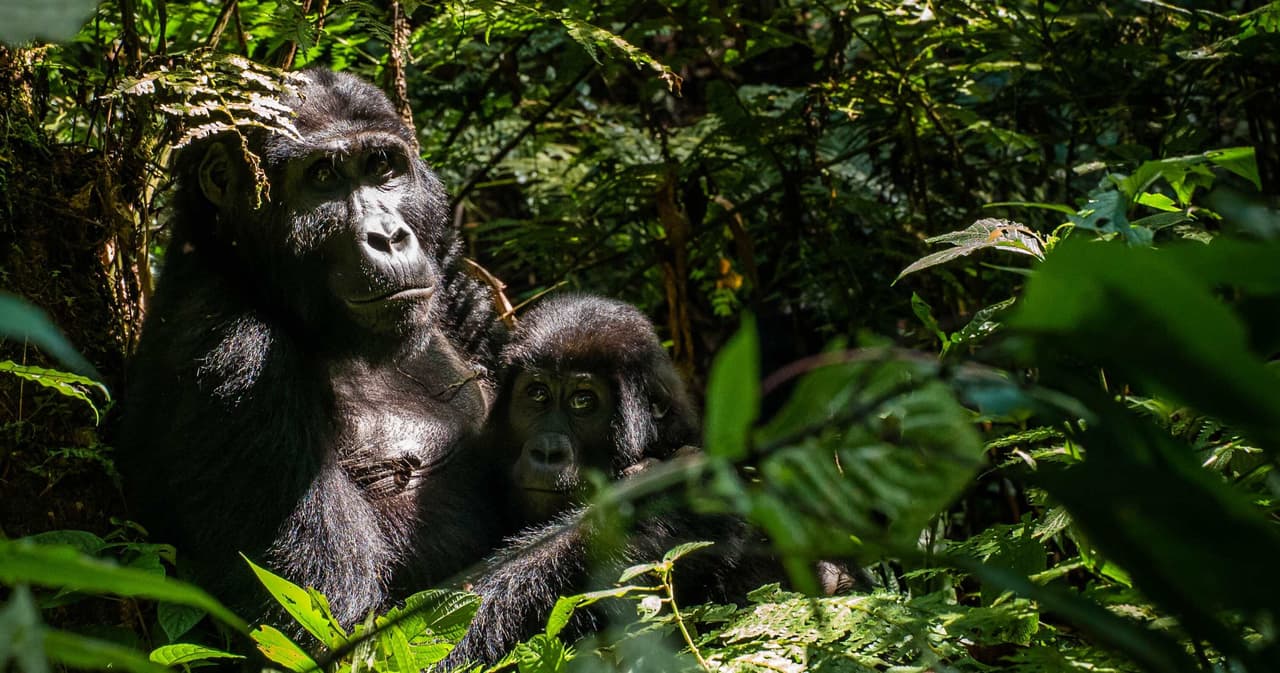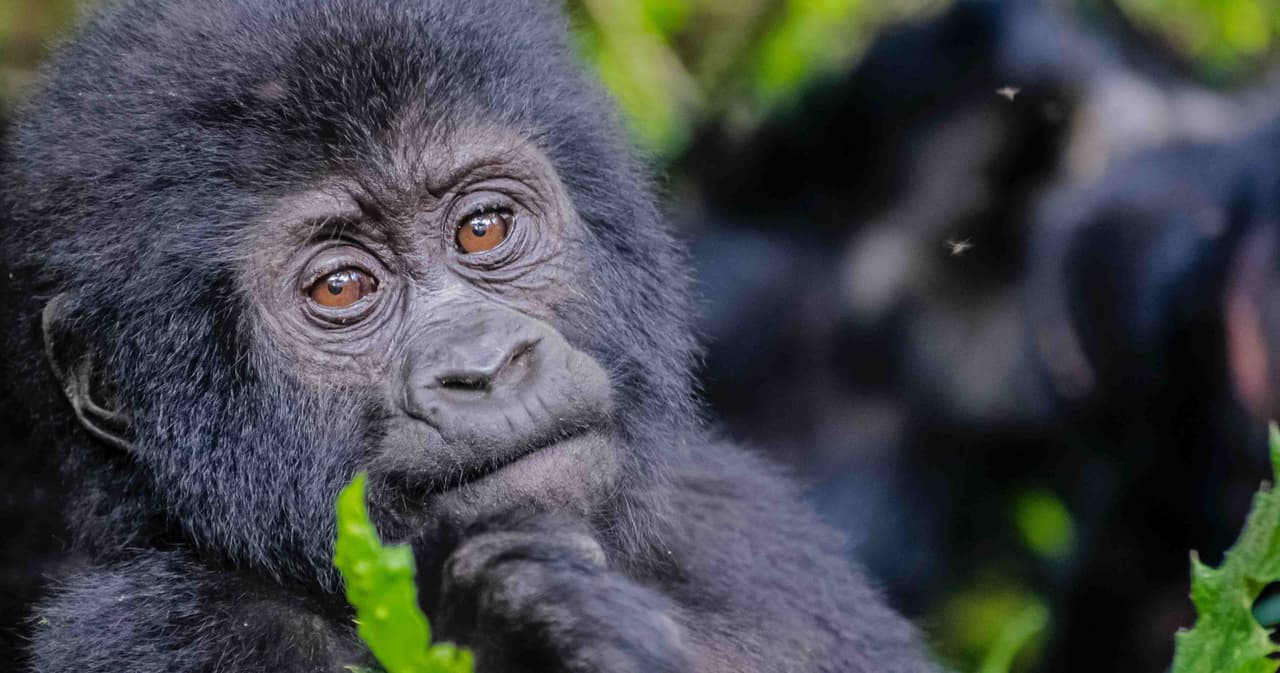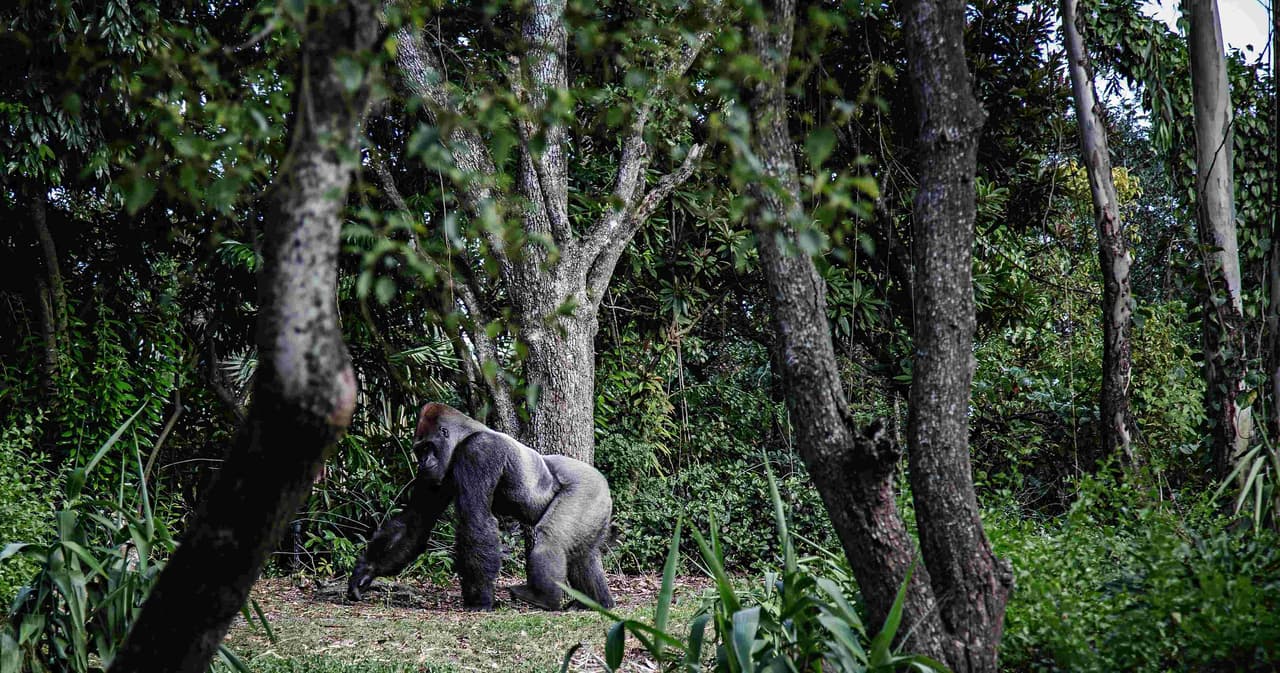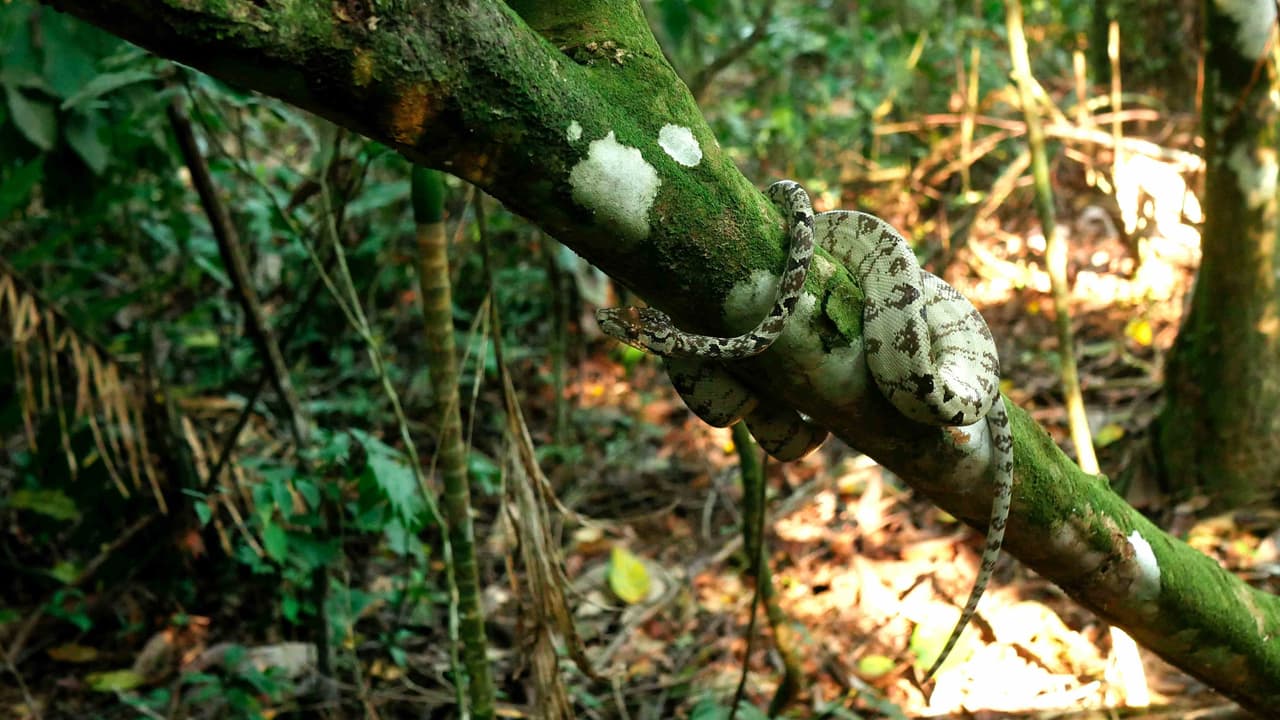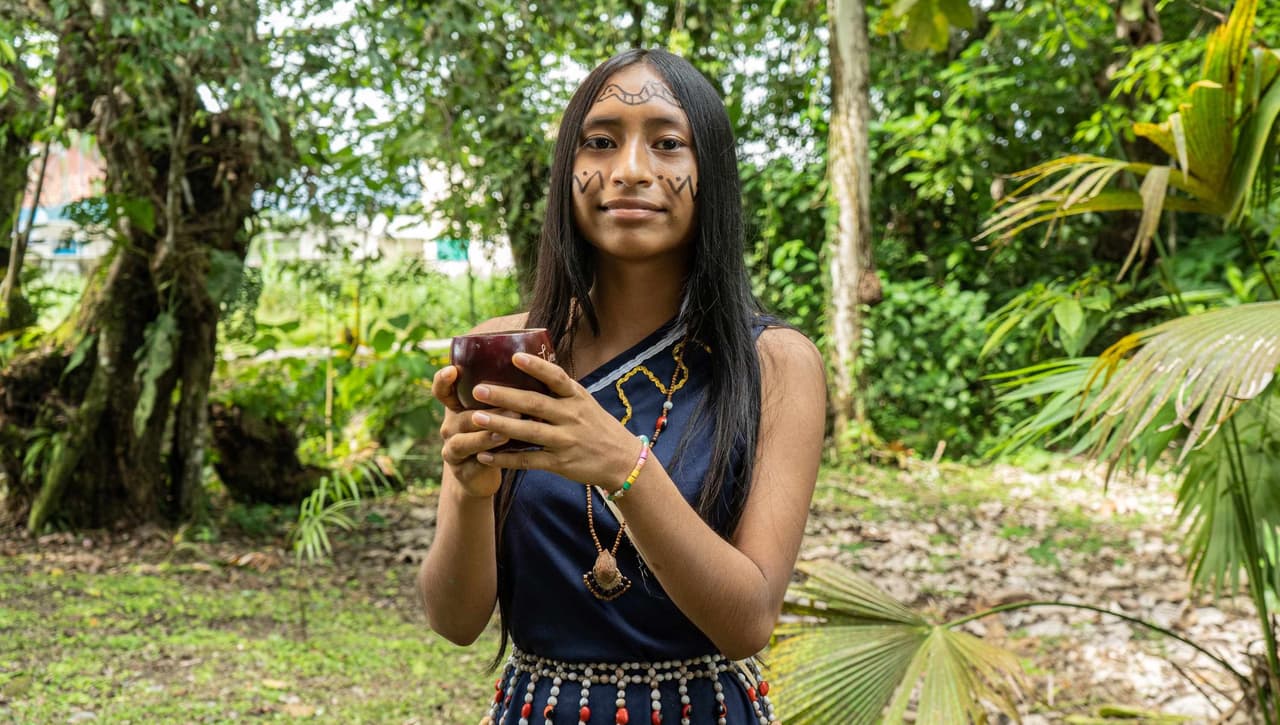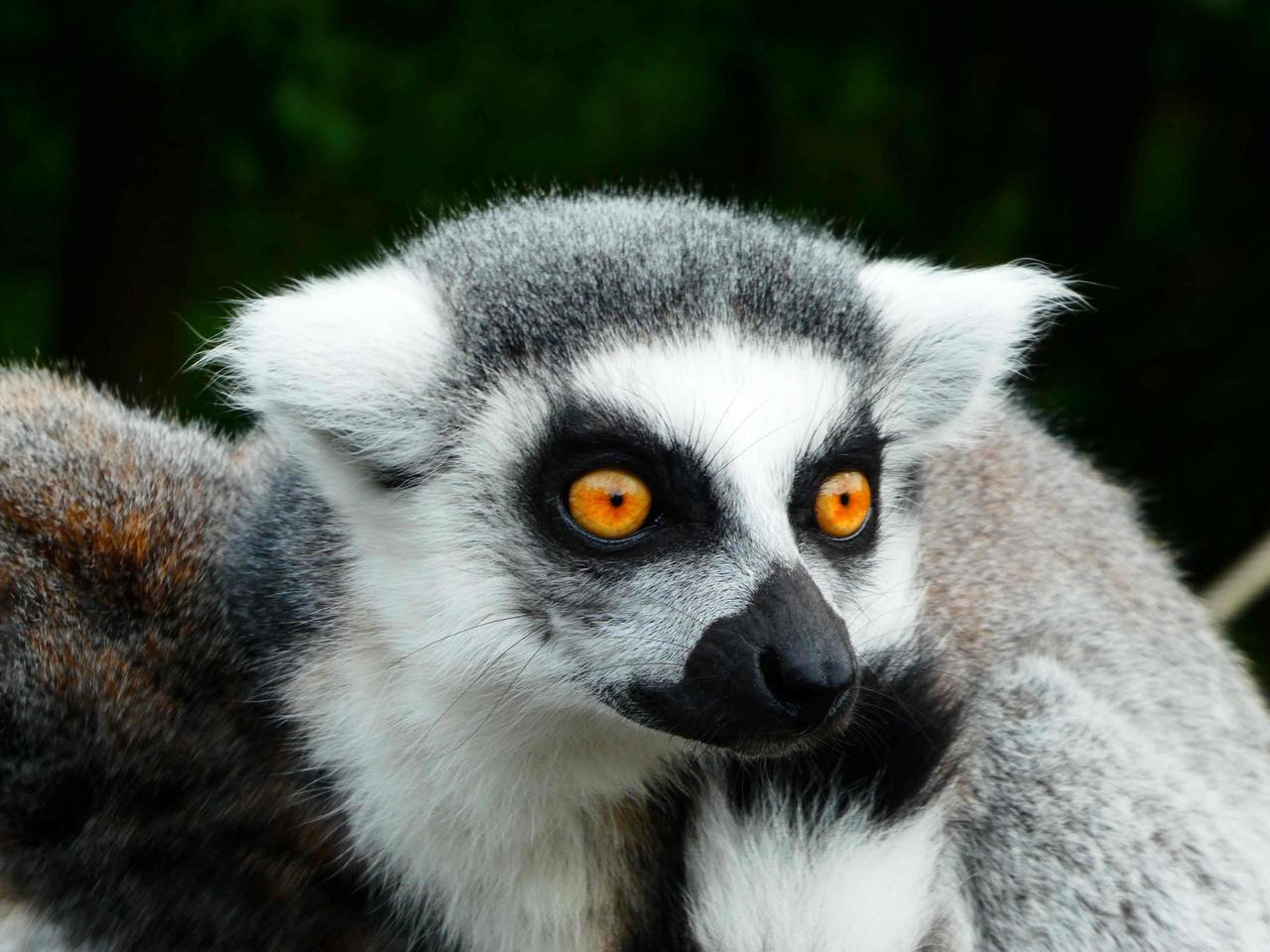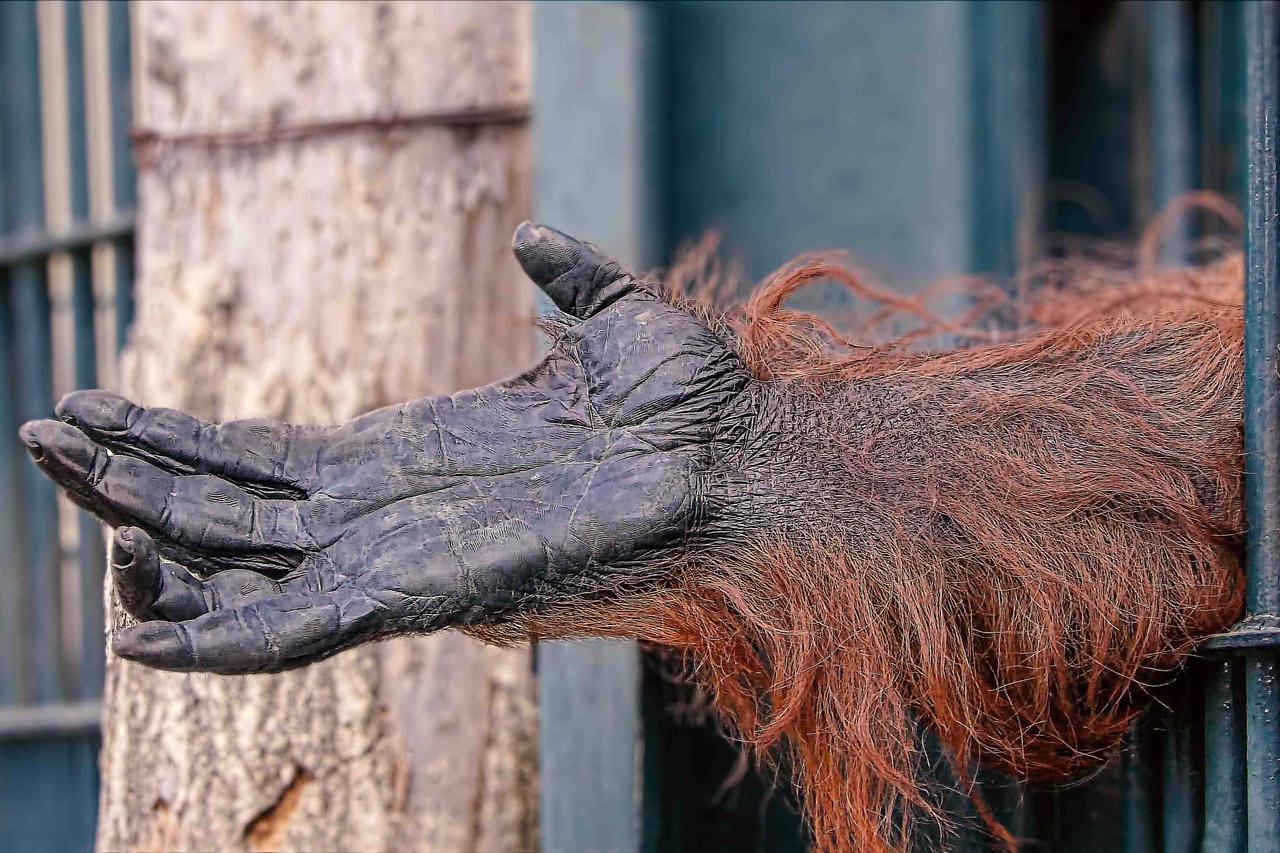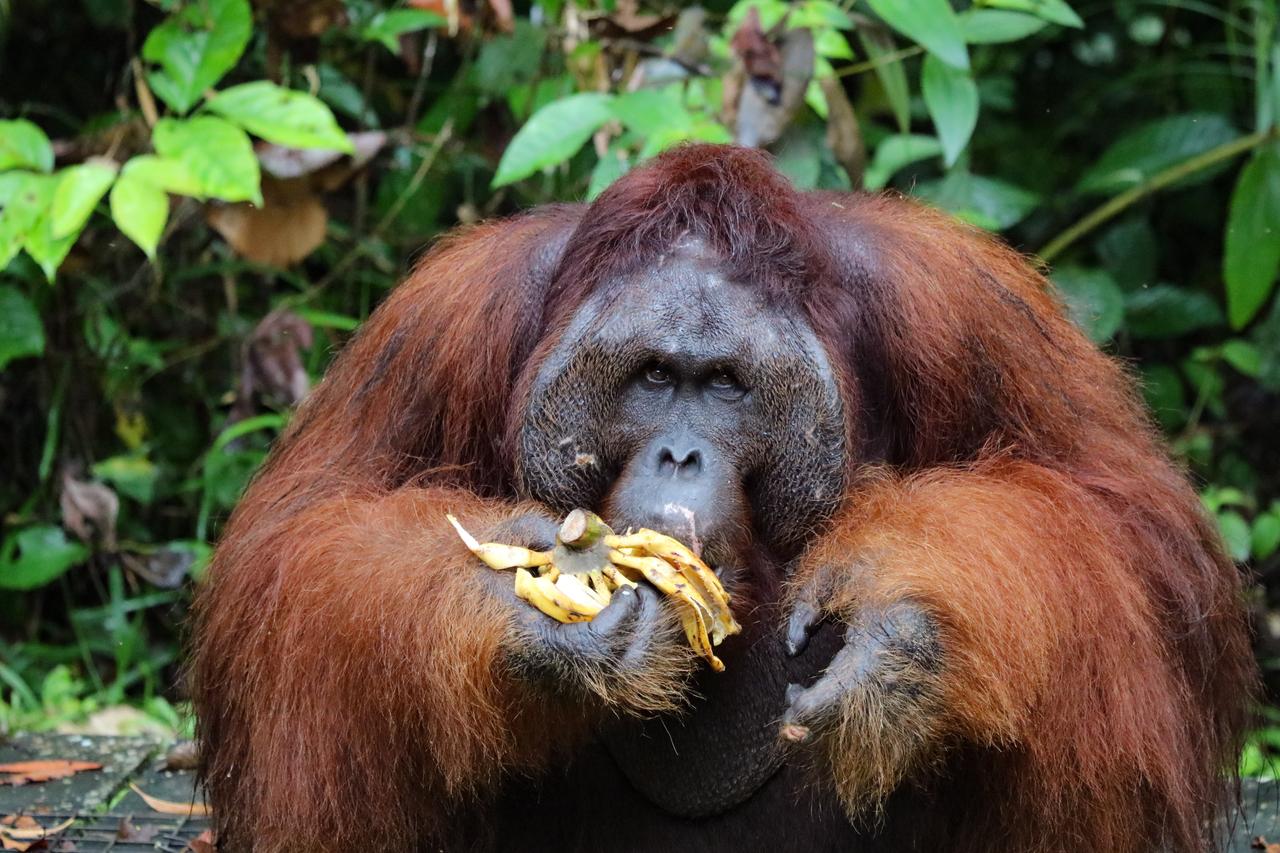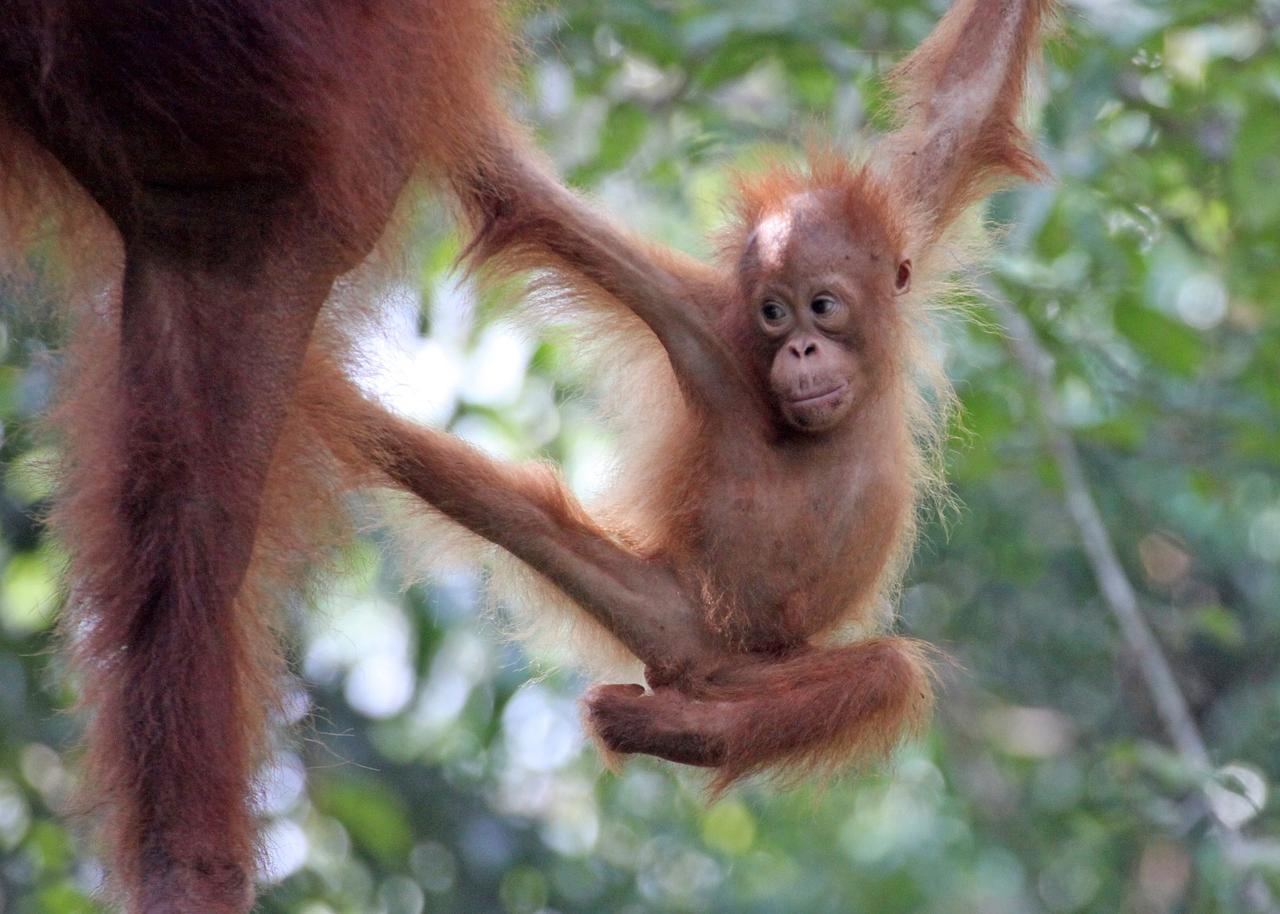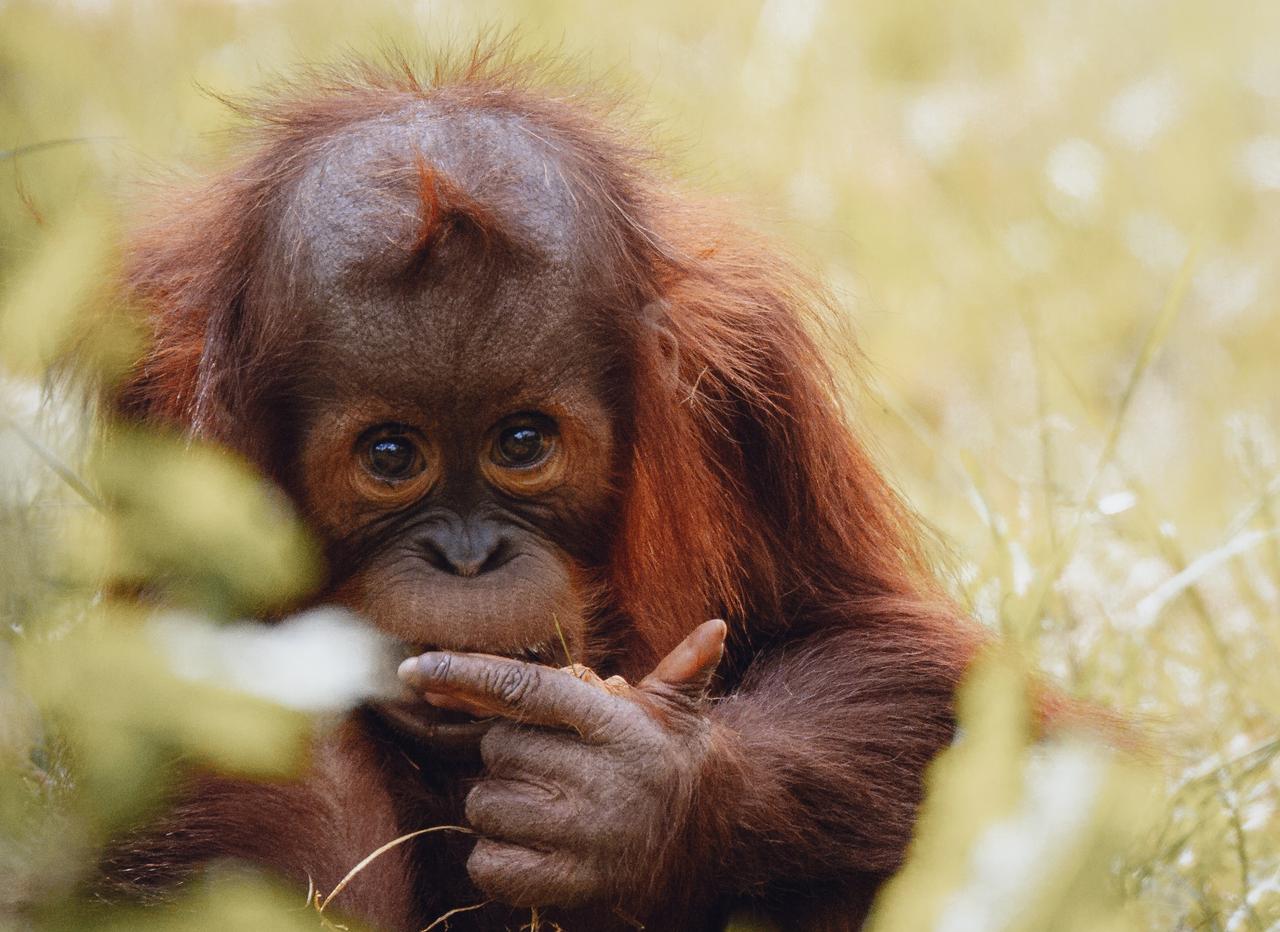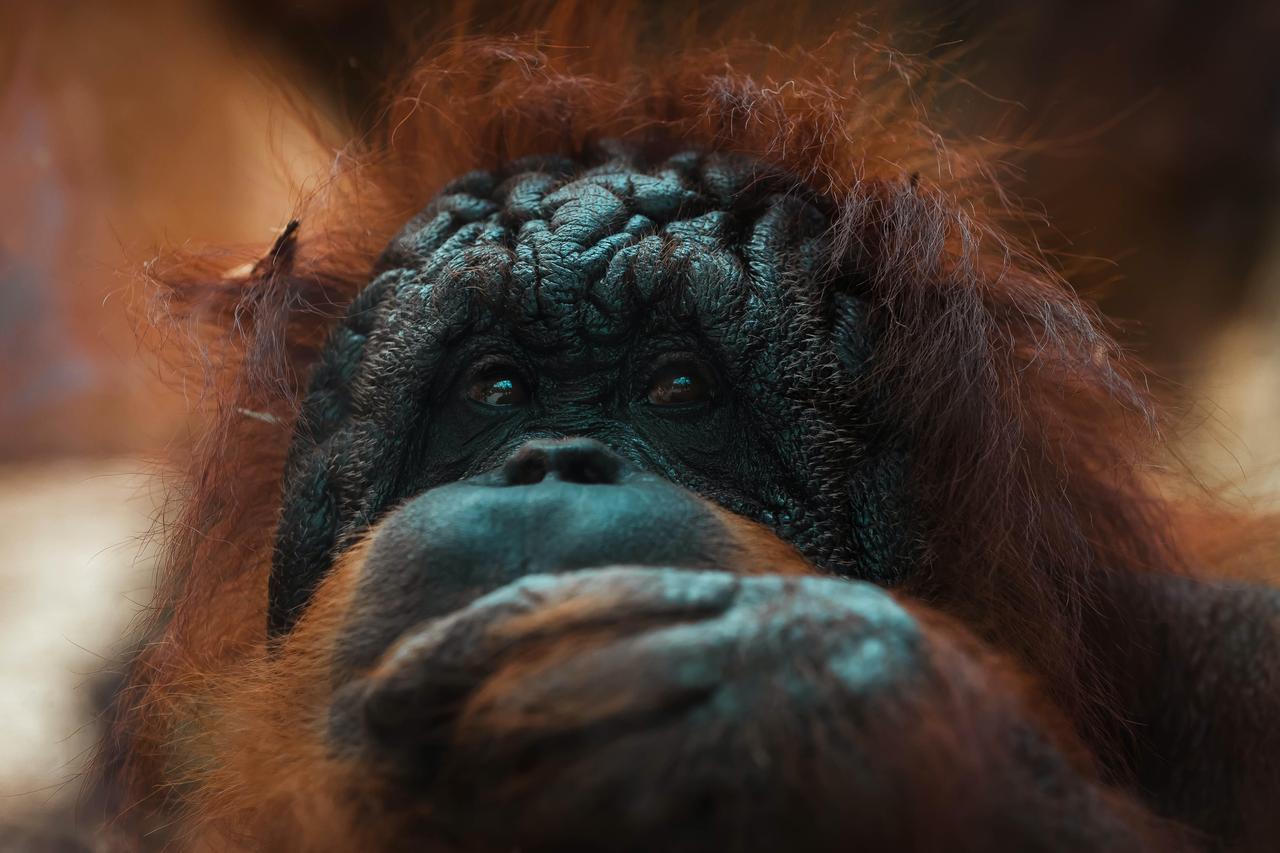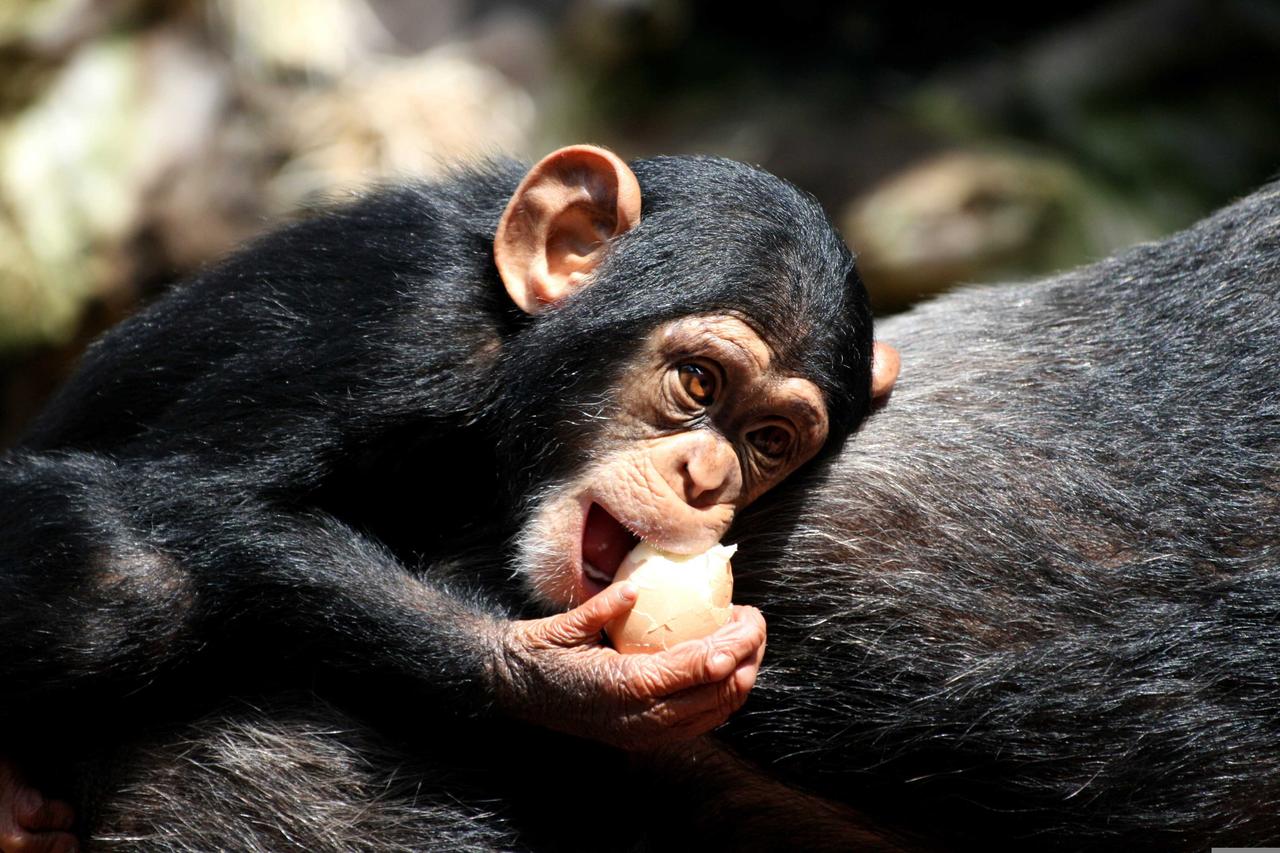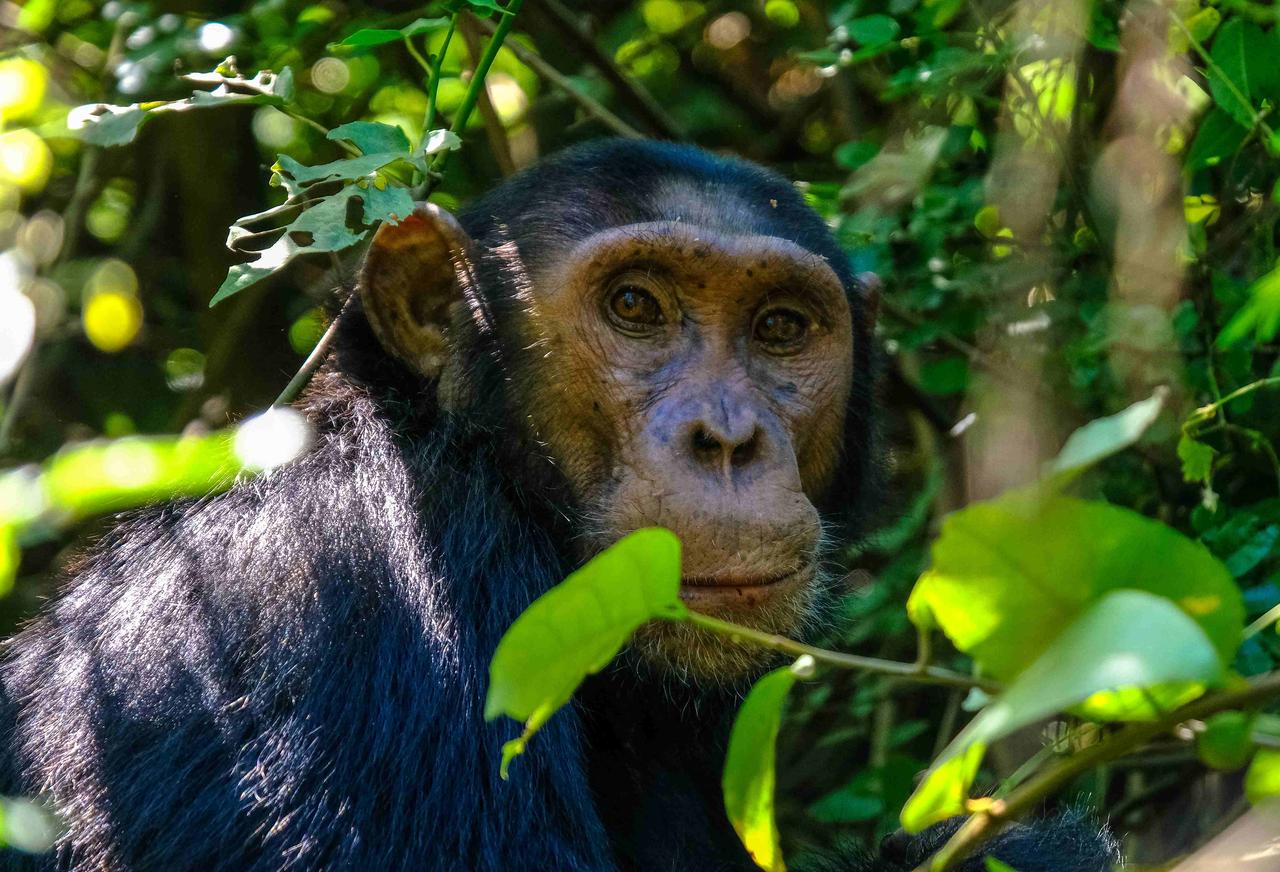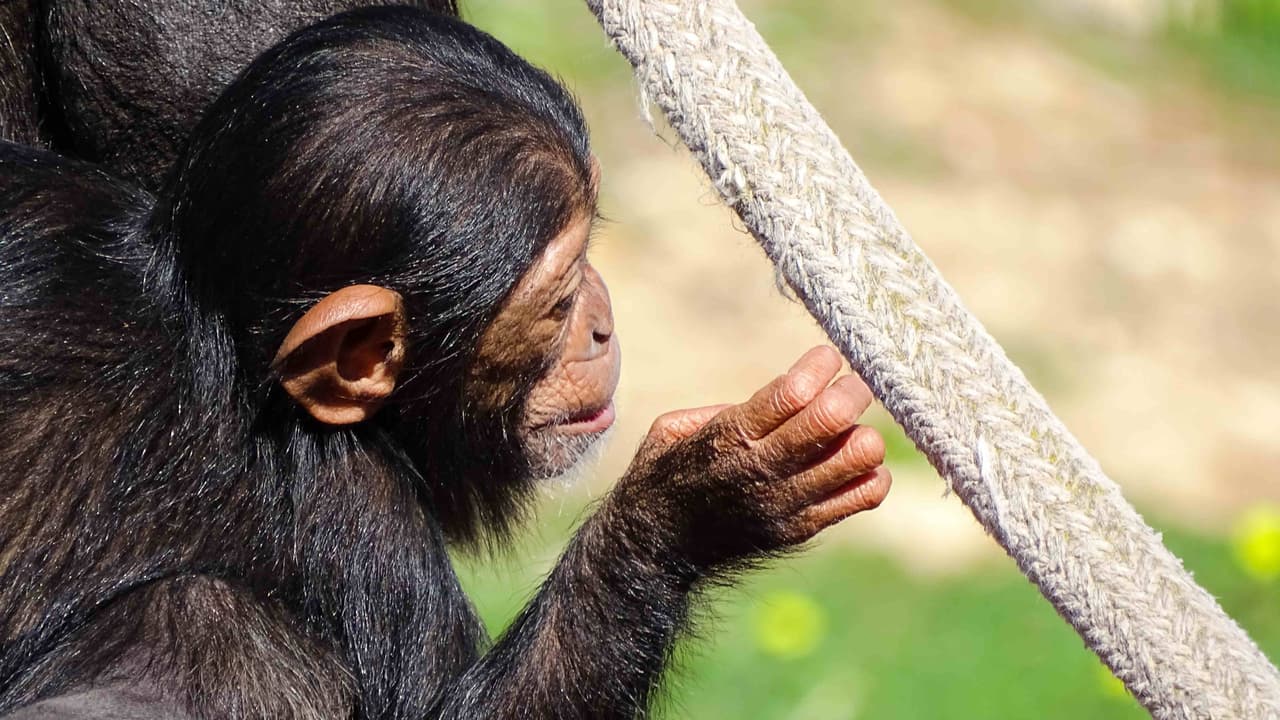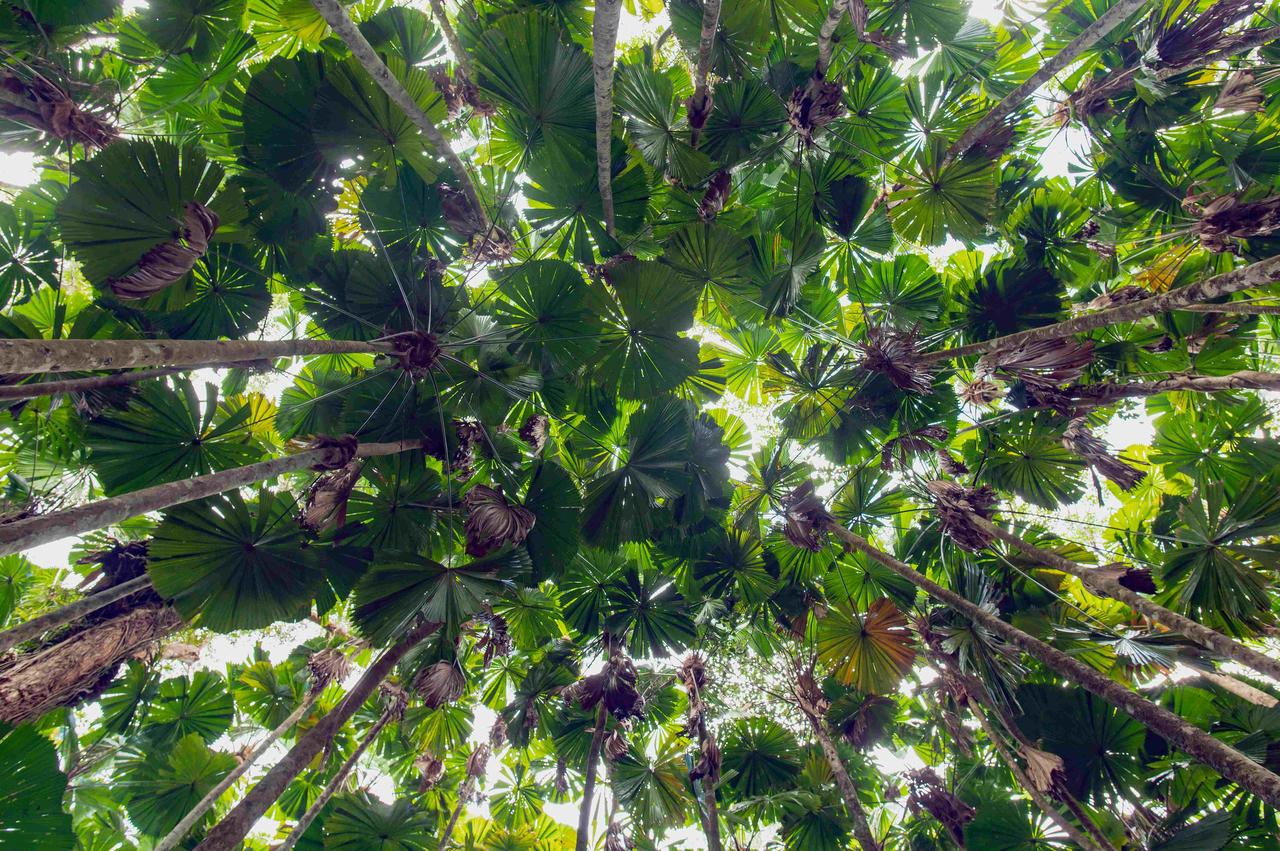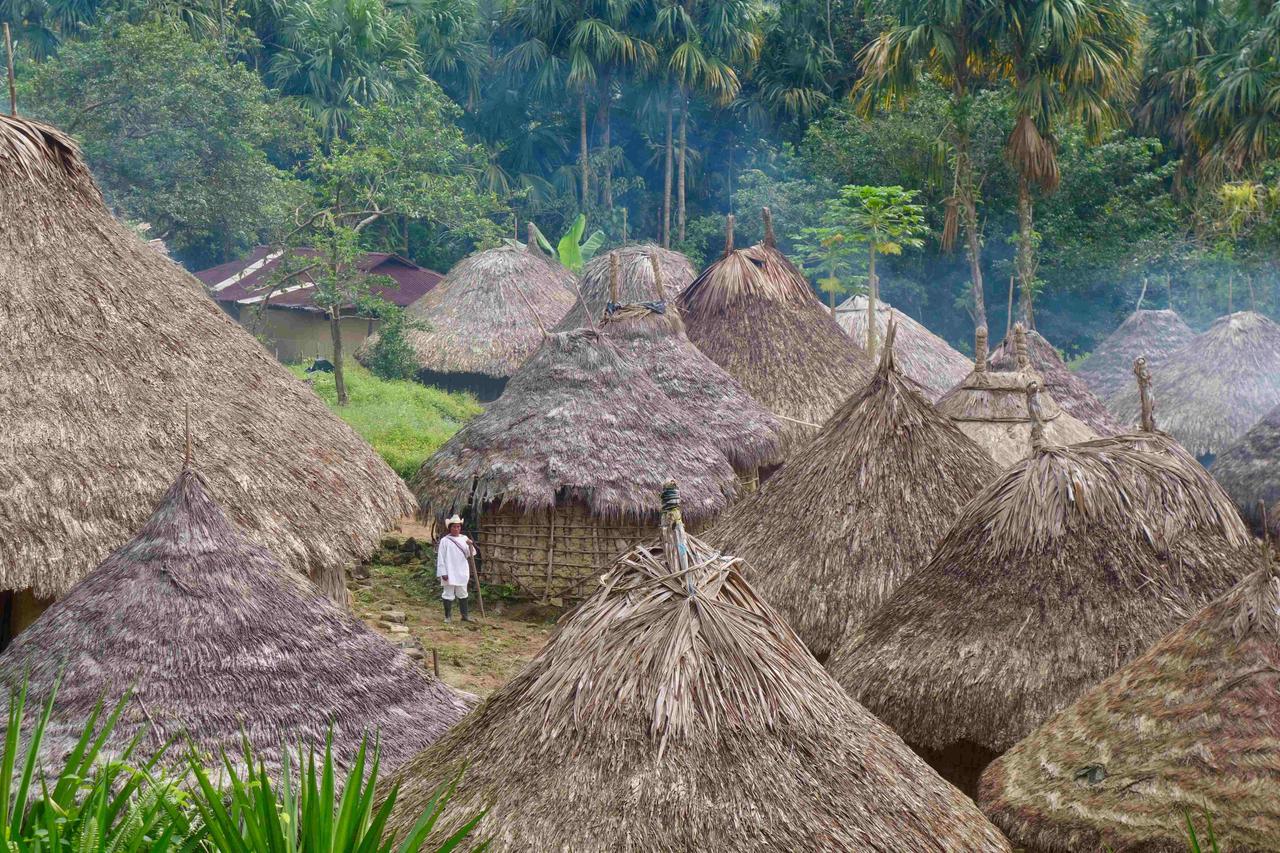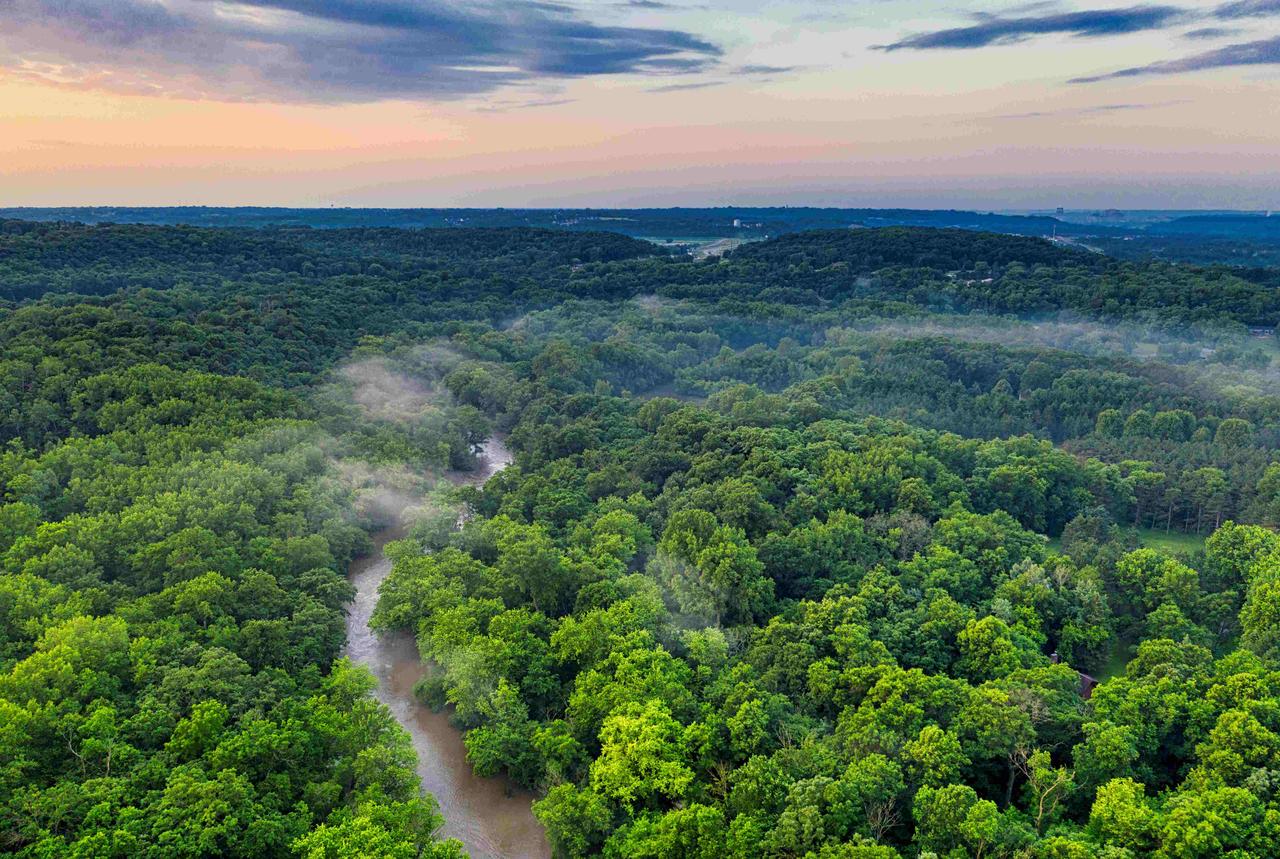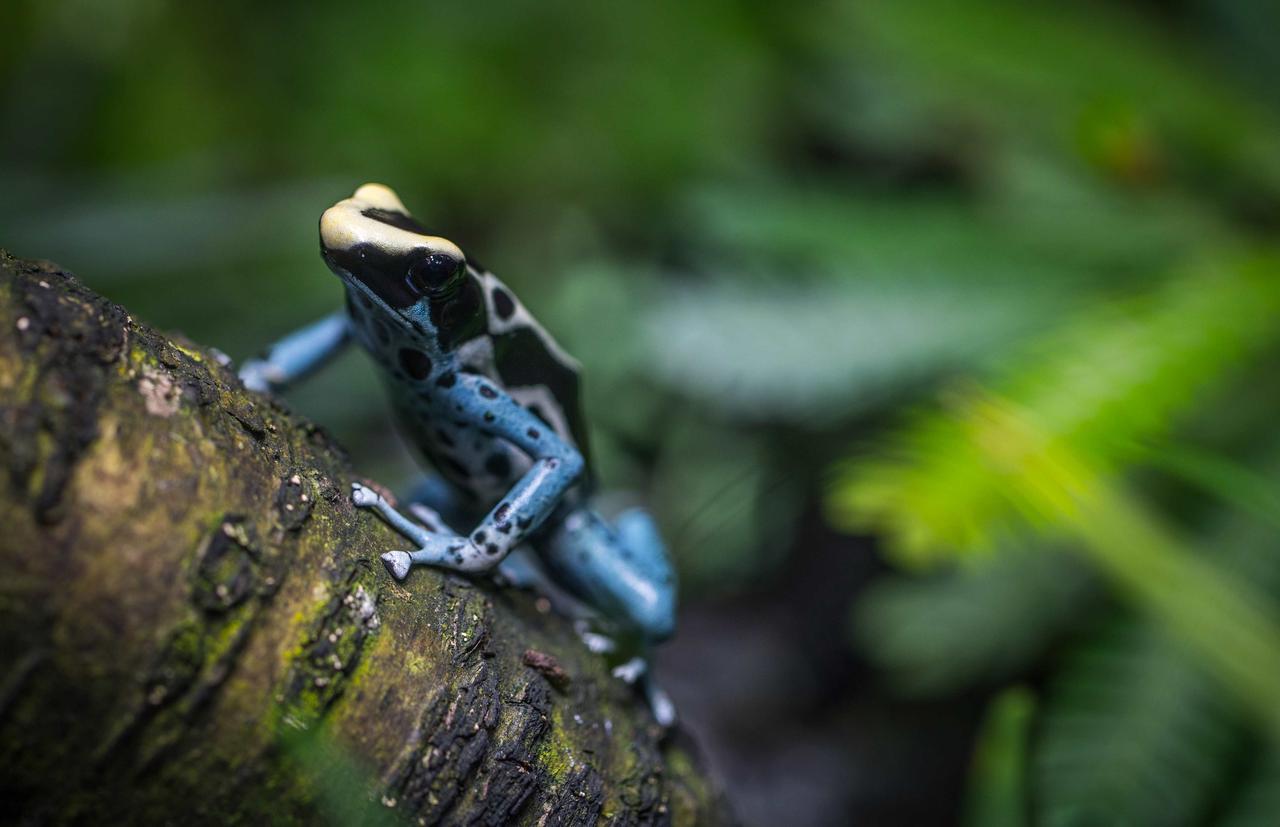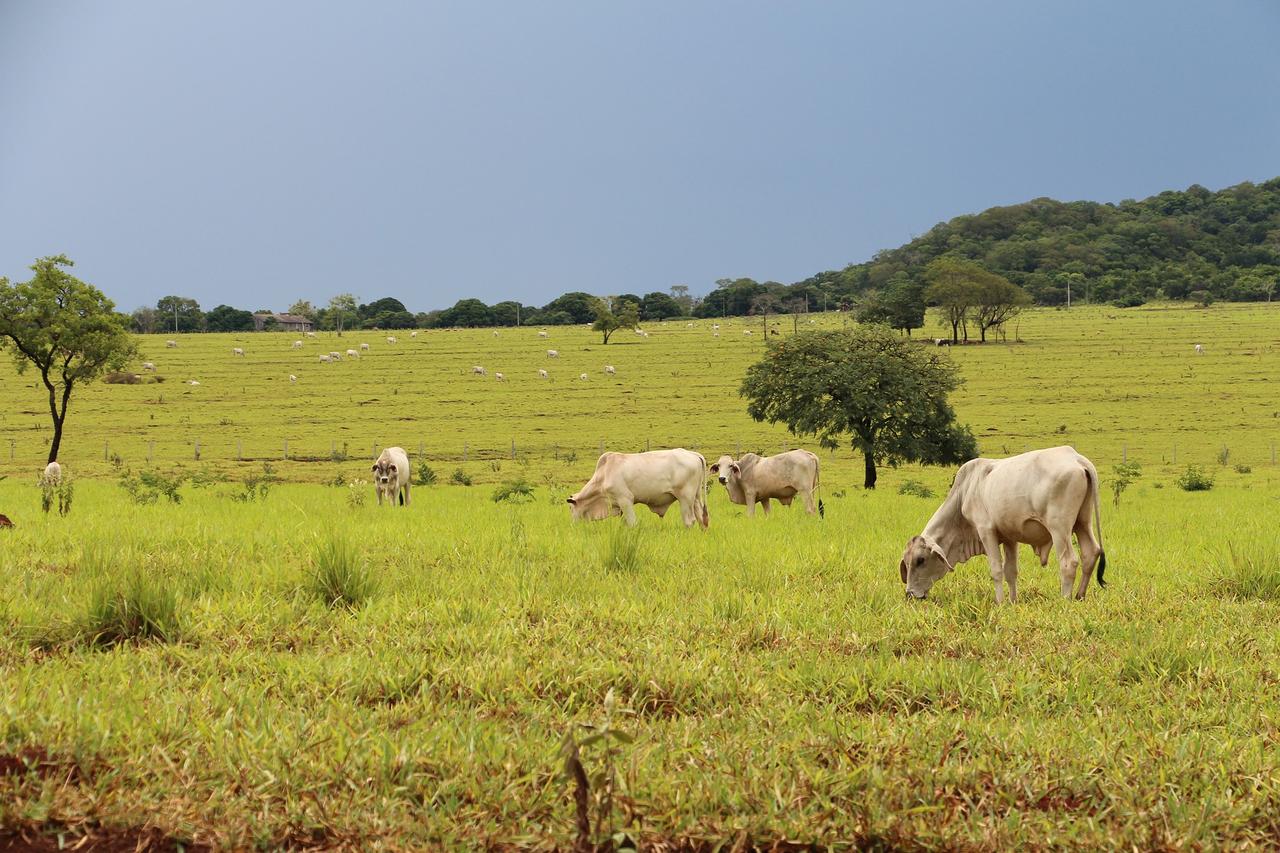
Commercial activities threaten the health and future of the Amazon. The culprit? Cattle.
The Amazon rainforest — the world’s largest — is shrinking. What used to be a dense tropical forest spanning from the Atlantic Ocean to the Andes, has now been reduced by 17% (and weakened by as much as 75%), with further loss only projected to increase. Nearly 80% of this loss is due to one industry: cattle ranching.
Cattle Beyond Control
Today, the total number of cattle in Brazil is 230 million — the second largest in the world. The country has grown to become the planet’s largest exporter of beef, and now has over 90 million cattle grazing in what used to be the dense tropical forests of the Amazon, a head count which has increased at a rate four times that of the national average. What used to be only 5 million cattle in the 1960s has since quadrupled to unsustainable levels.
The Amazon is not a natural pasture for ranching. Because of that, cattle ranchers resort to illegal deforestation practices and many pasturelands are controlled by armed criminal groups. First, land is razed — timber is cut down and sold. Then, the remaining vegetation is intentionally burned, perpetuating a vicious loop that puts the region at further risk of other fires (as less water recycled back into the atmosphere creates a drier climate).
Much of this activity is illegal and has given rise to “cattle laundering” — where indirect suppliers hide the source of cattle, selling it to buyers (including the UK, EU, and China) under the guise the cattle comes from legal origins. This practice alone is a primary driver of Amazon loss, which reached its highest rate of deforestation in 15 years in 2021, due to limited government enforcement and continued worldwide beef demand.
Deforestation — Beefed Up
Now scientists warn we may be reaching a point of no return — that too much dieback (nearly one-fifth of Brazil’s Amazon rainforest has been destroyed already) could be irreversible and devastating for the planet. The Amazon stores over 120 billion tons of carbon — making it one of the most important defenders against global warming. But because of deforestation, some parts of the Amazon are now releasing more carbon than they were once able to absorb, charting a course to become, what scientists call, a “carbon bomb”.
The Amazon is perhaps one of the most biological diverse places on Earth, home to an estimated 40,000 plants and over 4,000 animal species. But in bringing in cattle, we inevitably drive out other vital species. Reports estimate over 10,000 species are now at risk of extinction in the Amazon.
While these issues are pushing the Amazon towards a tipping point — we haven’t reached that grim milestone yet. There is still time, albeit a little. It’s important we act now, to protect the Amazon rainforest, and other RAINFORESTS like it. By donating through VAKOVAKO on AMAZON RAINFOREST DAY, you can support organizations on the frontlines, fighting illegal and unsustainable practices to ensure the future of the Amazon — and our planet.
